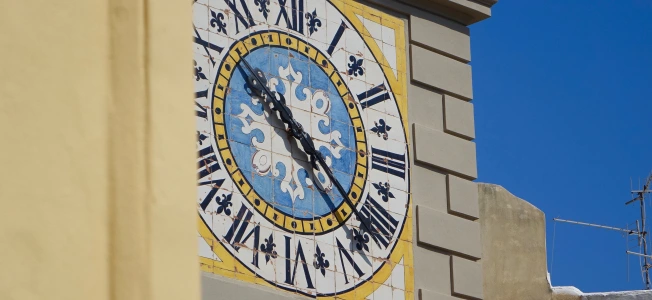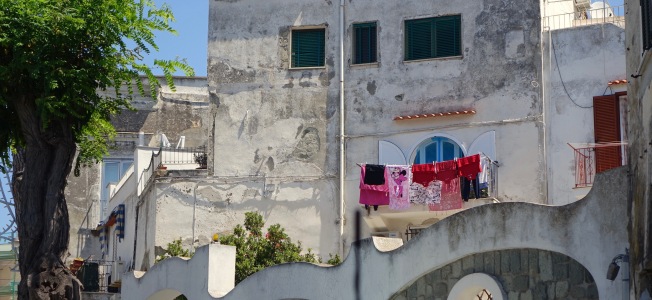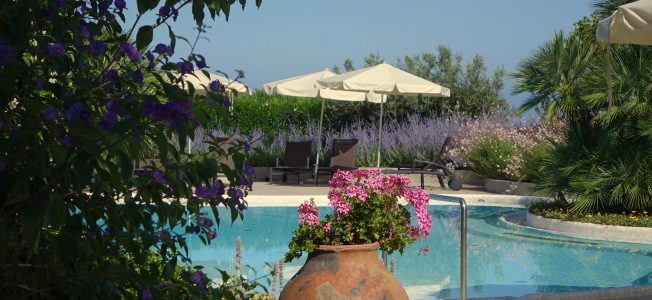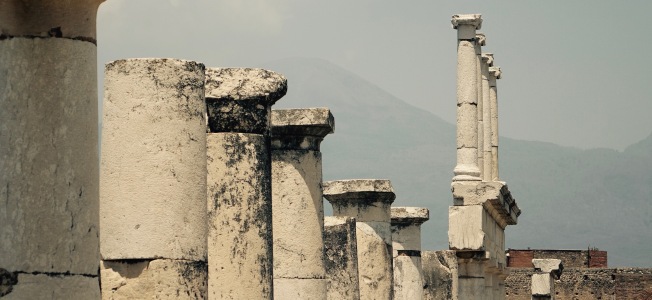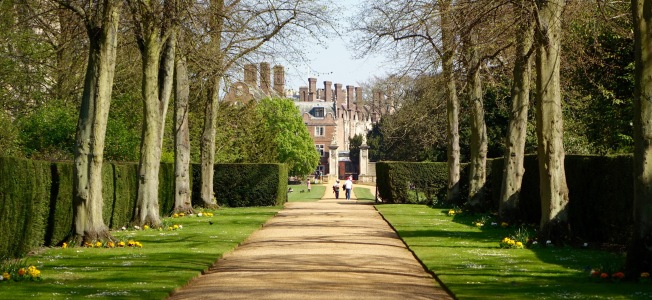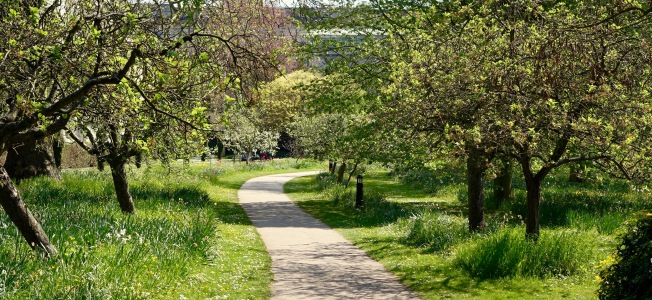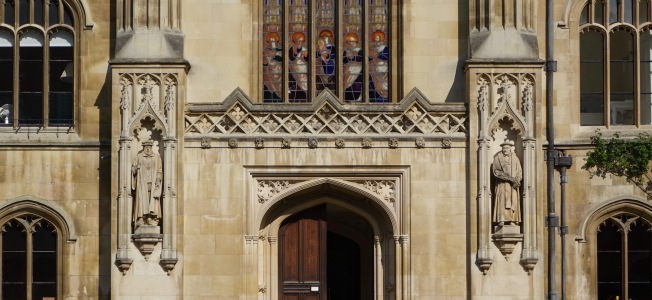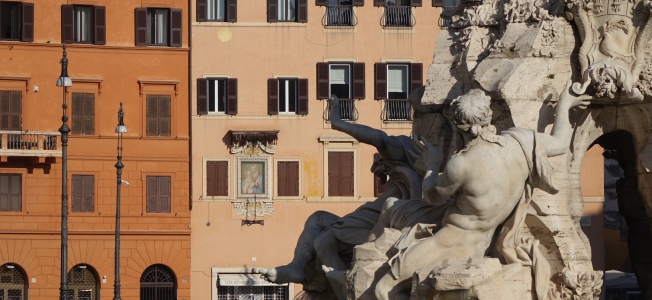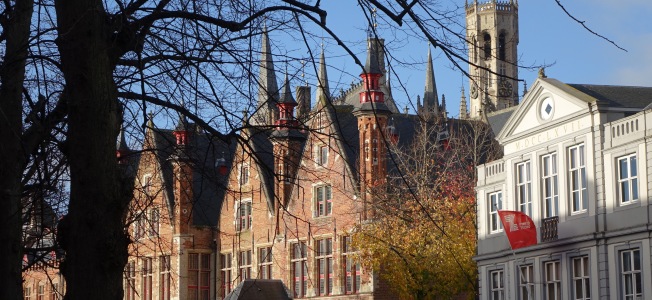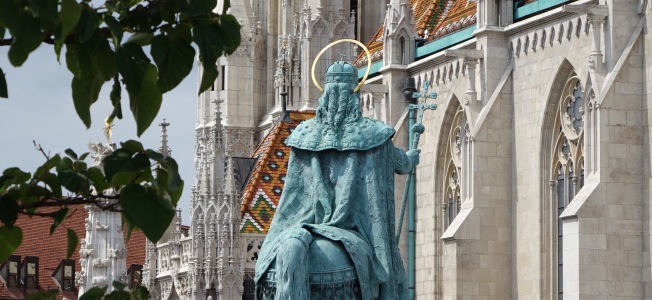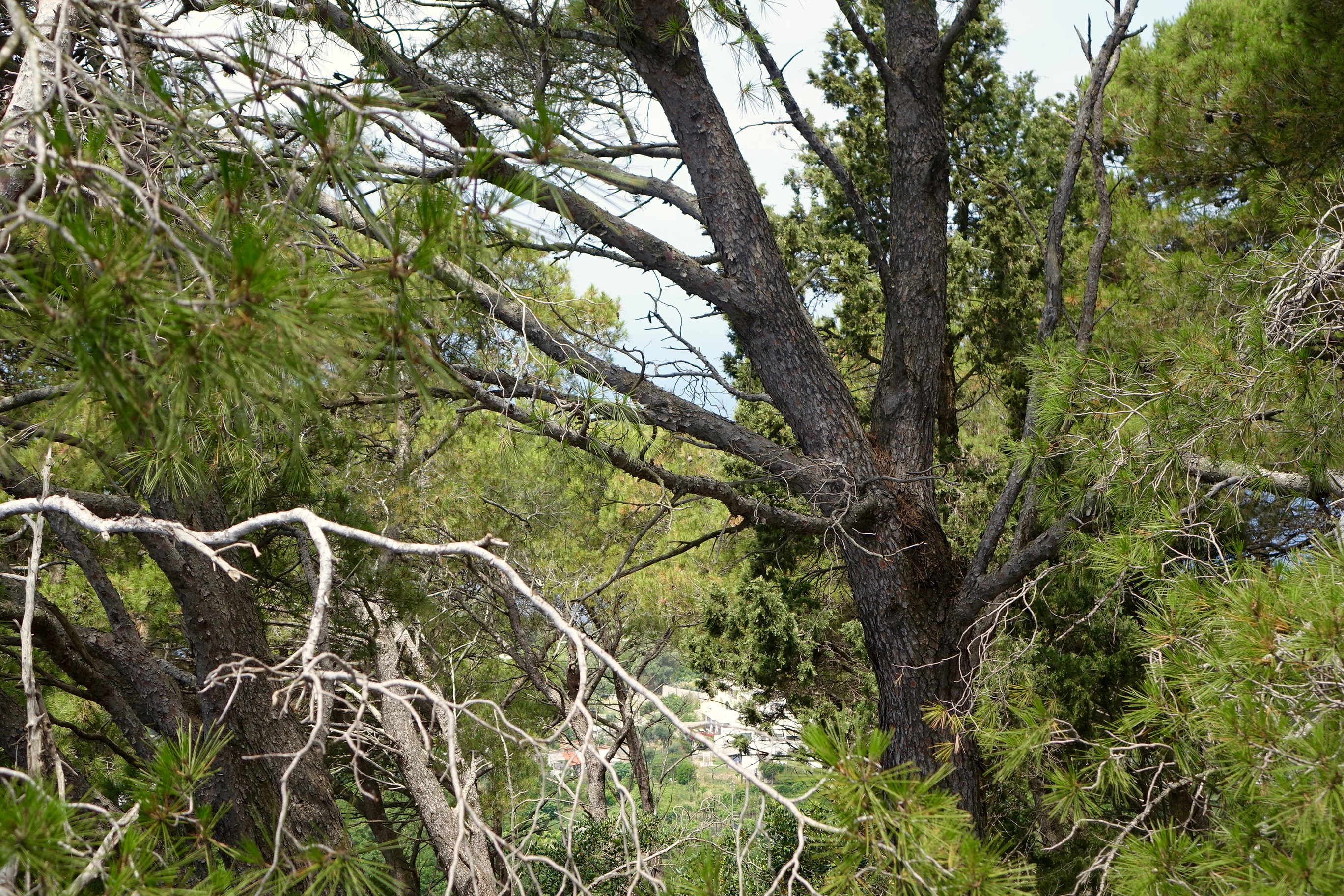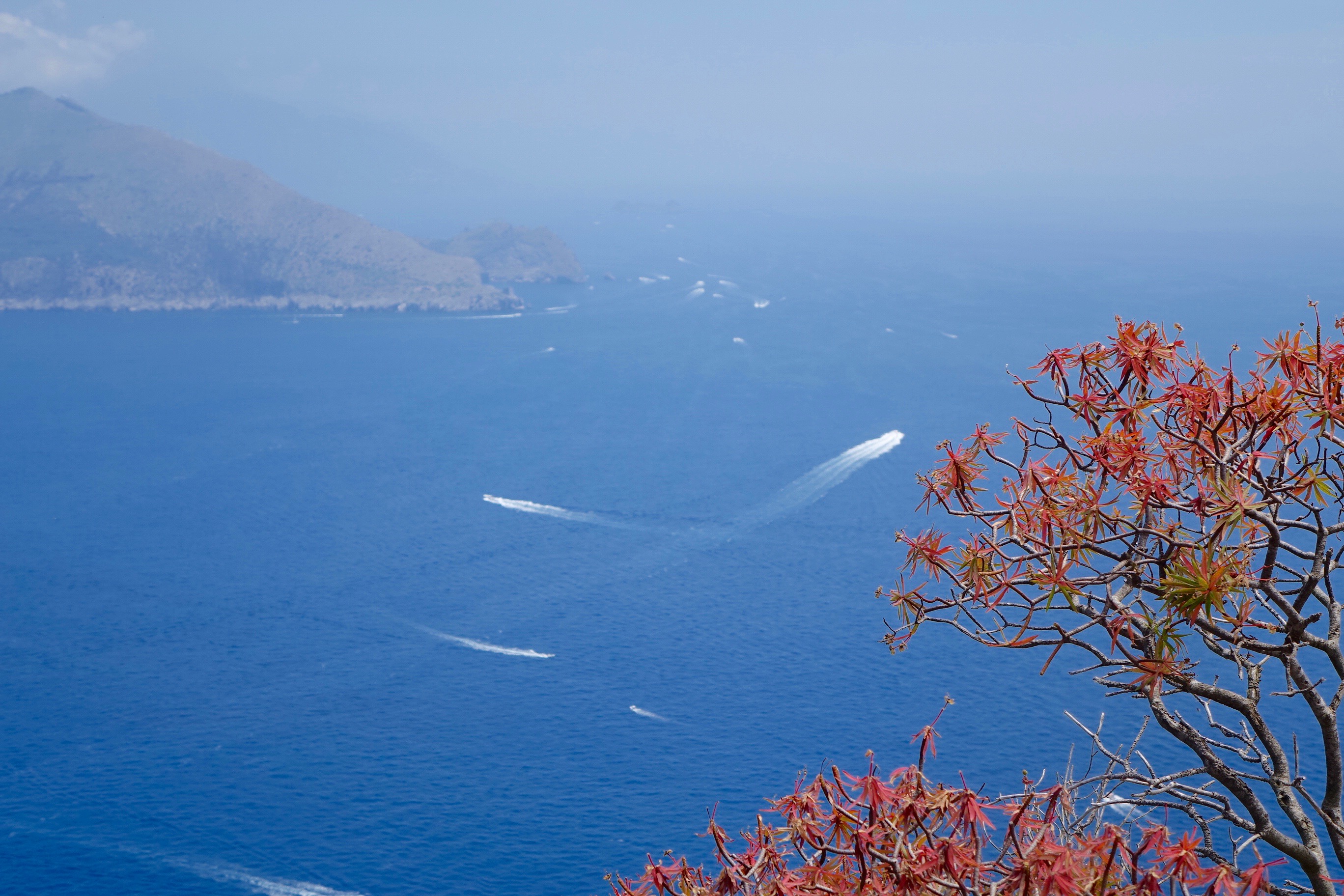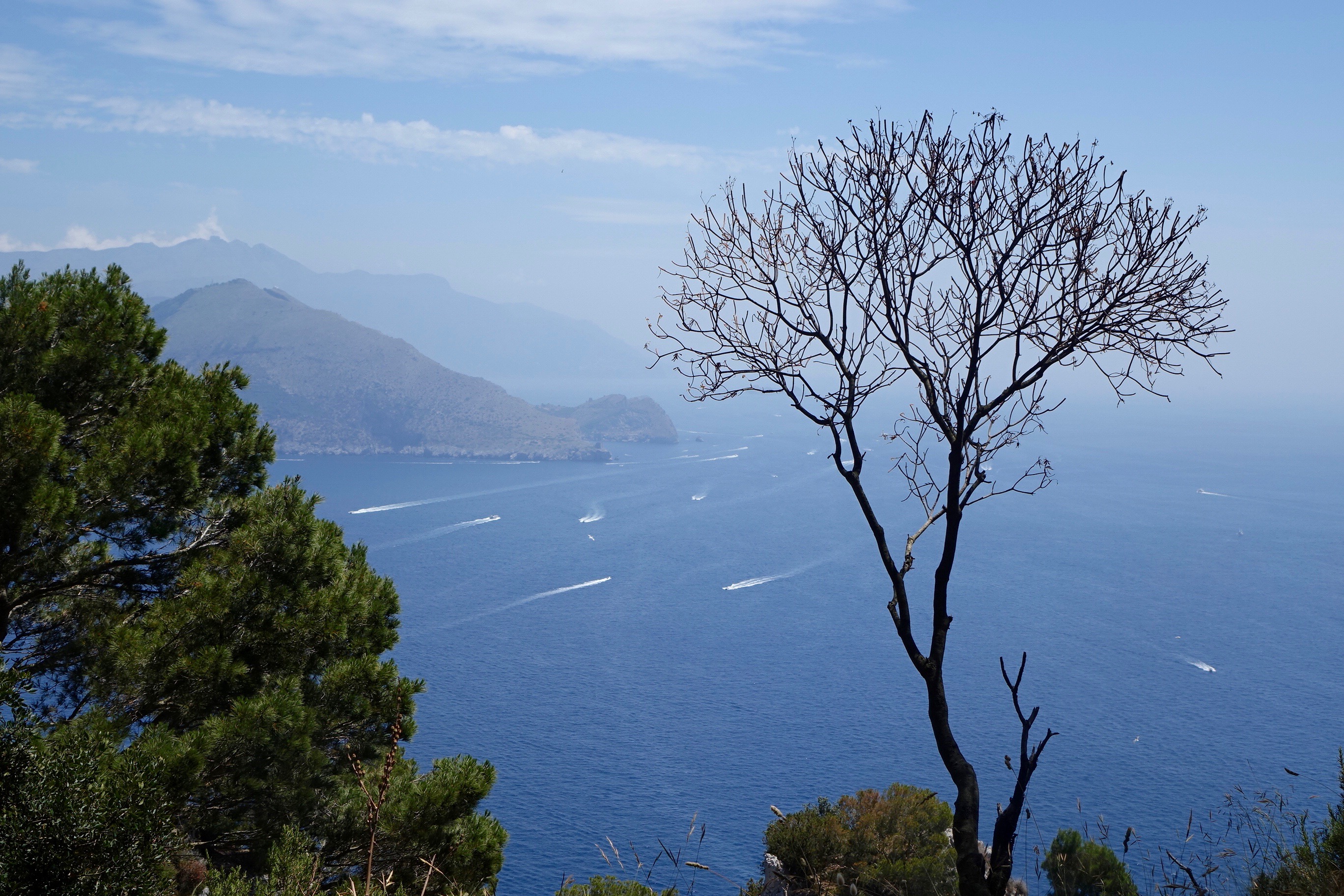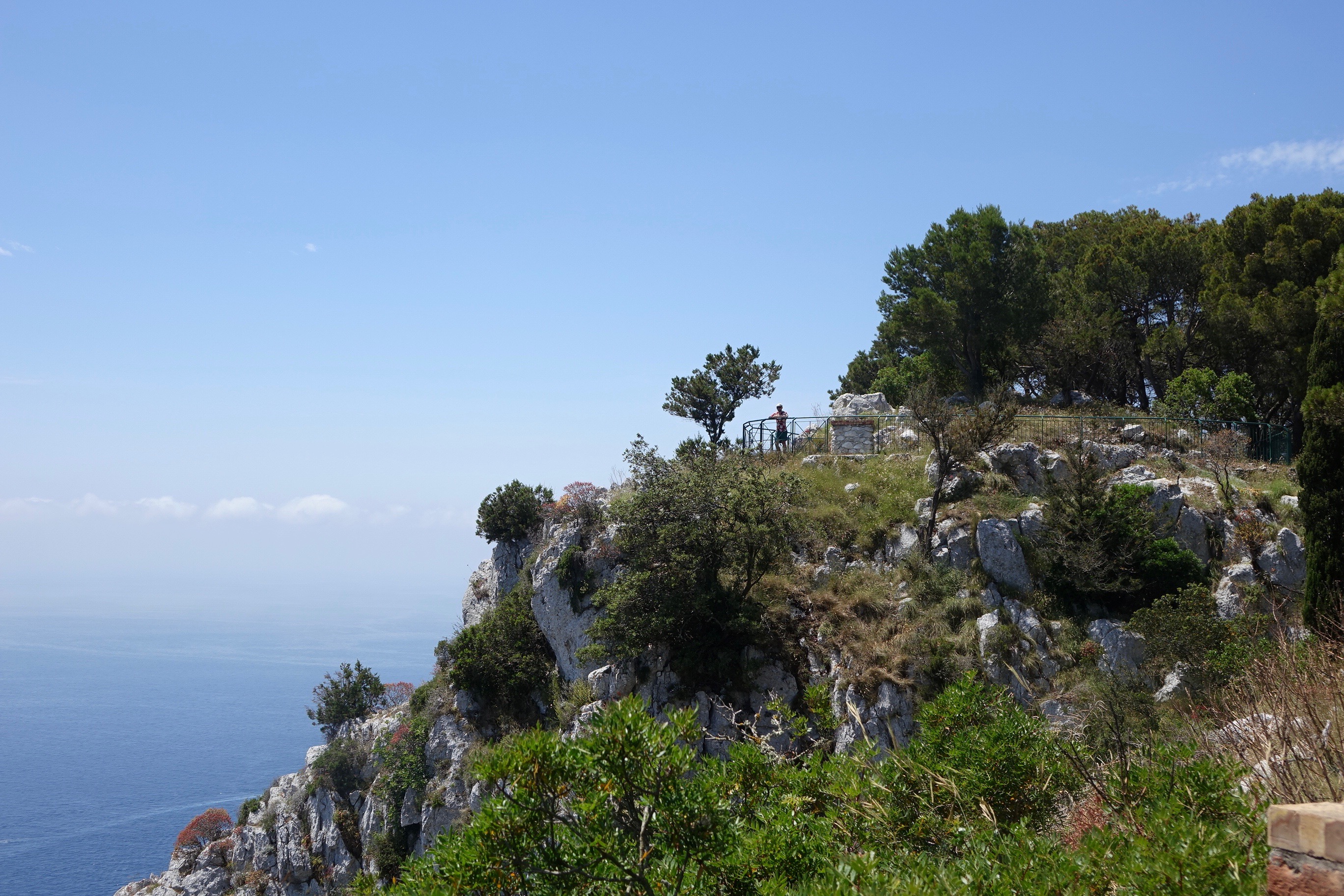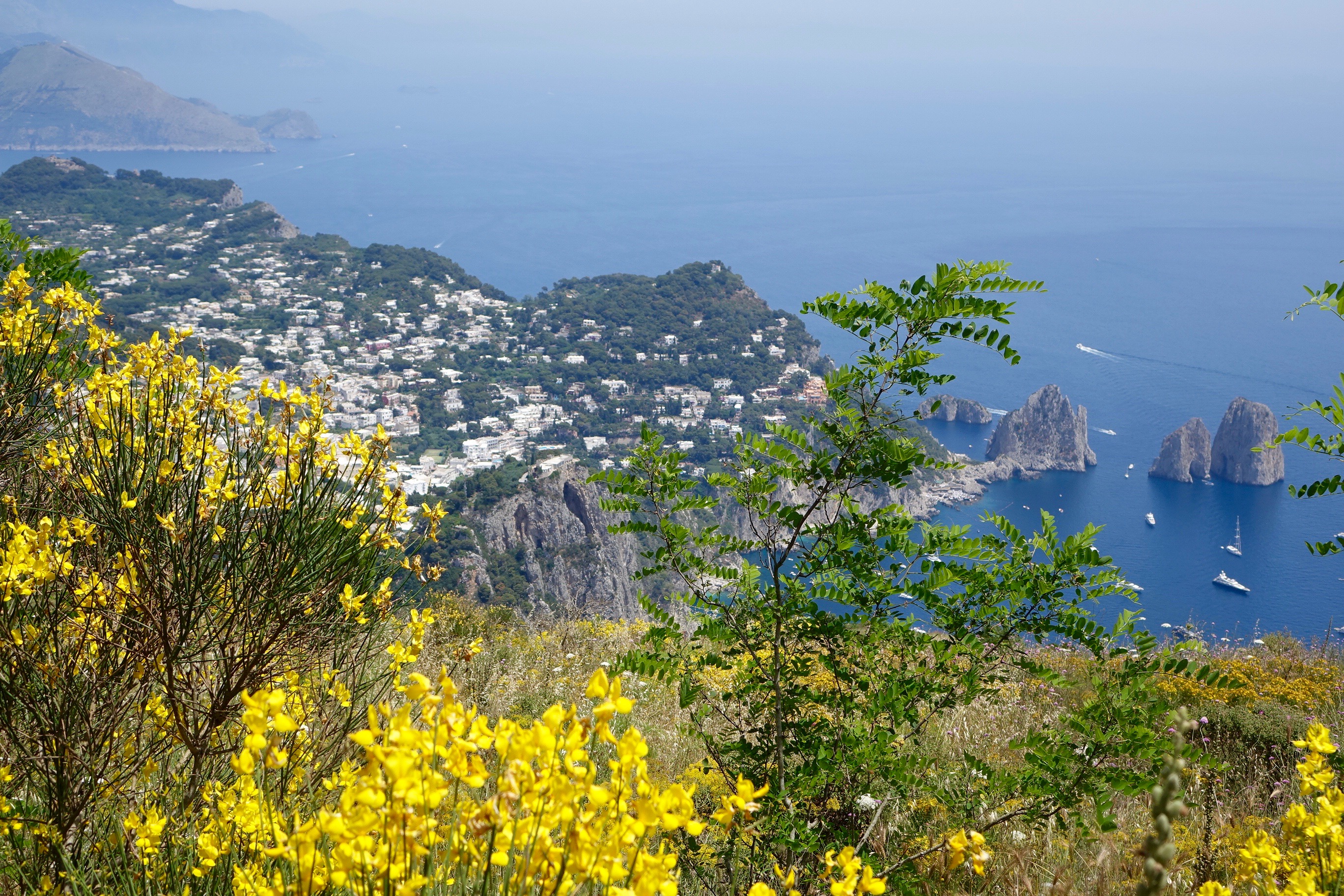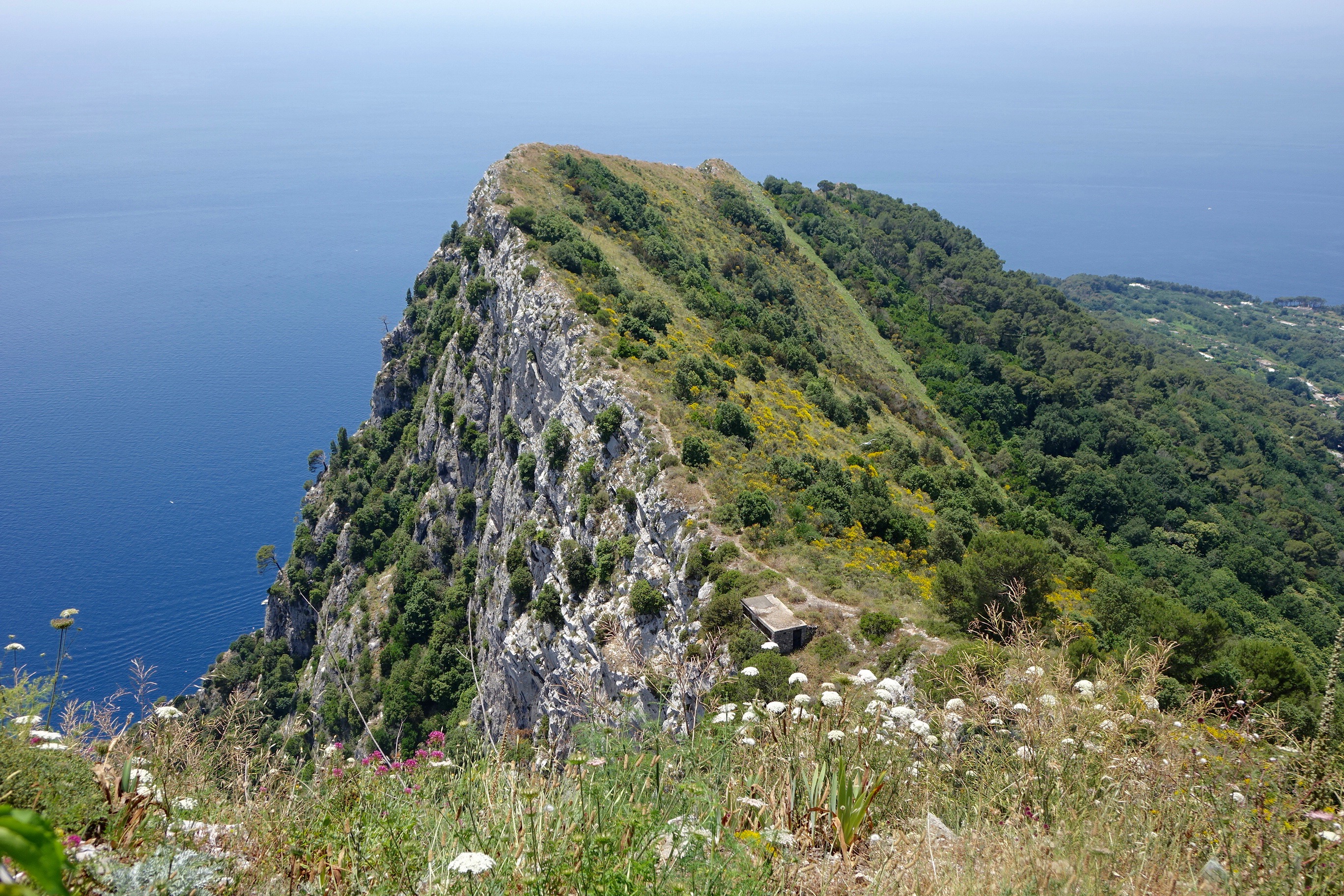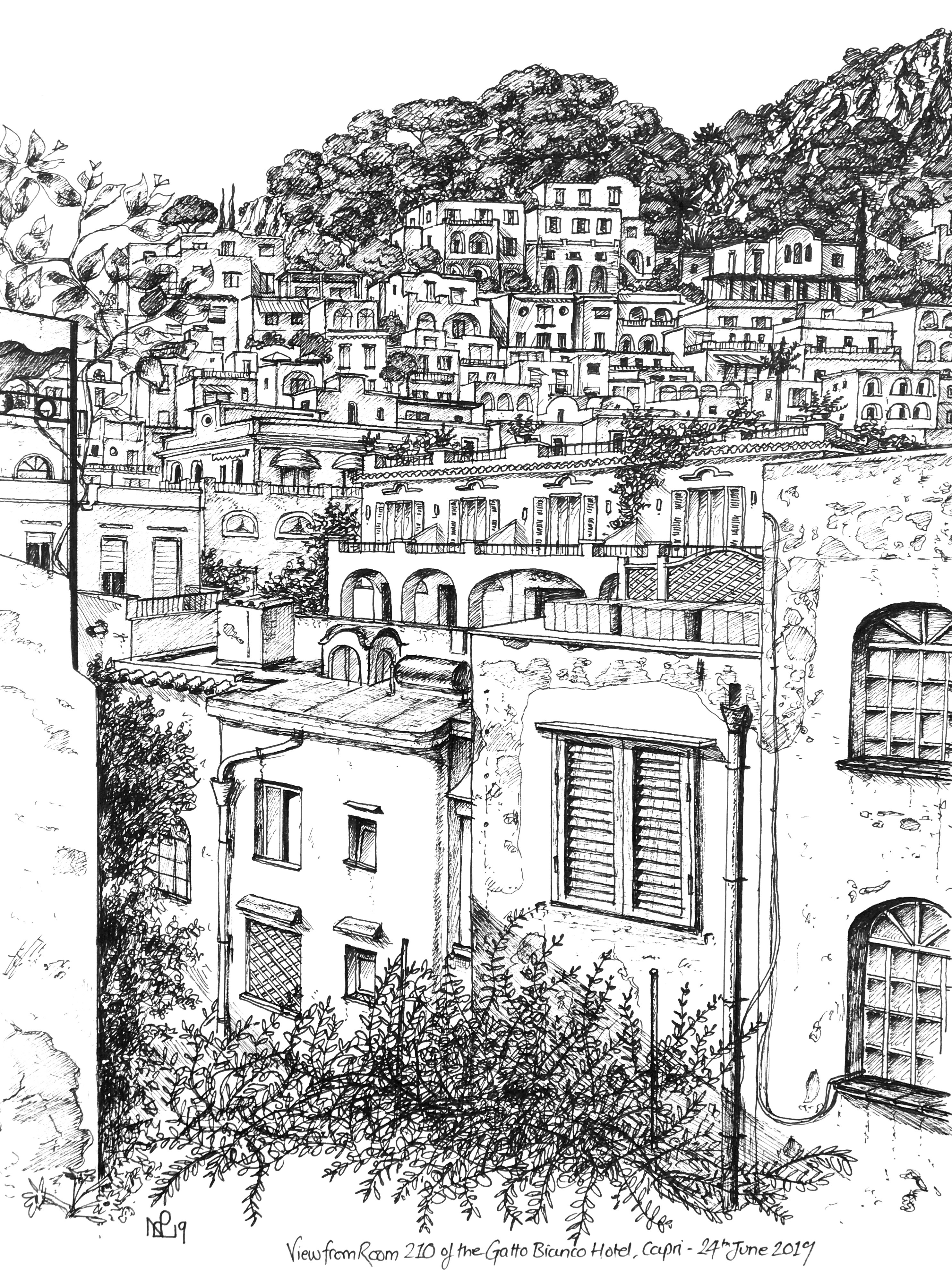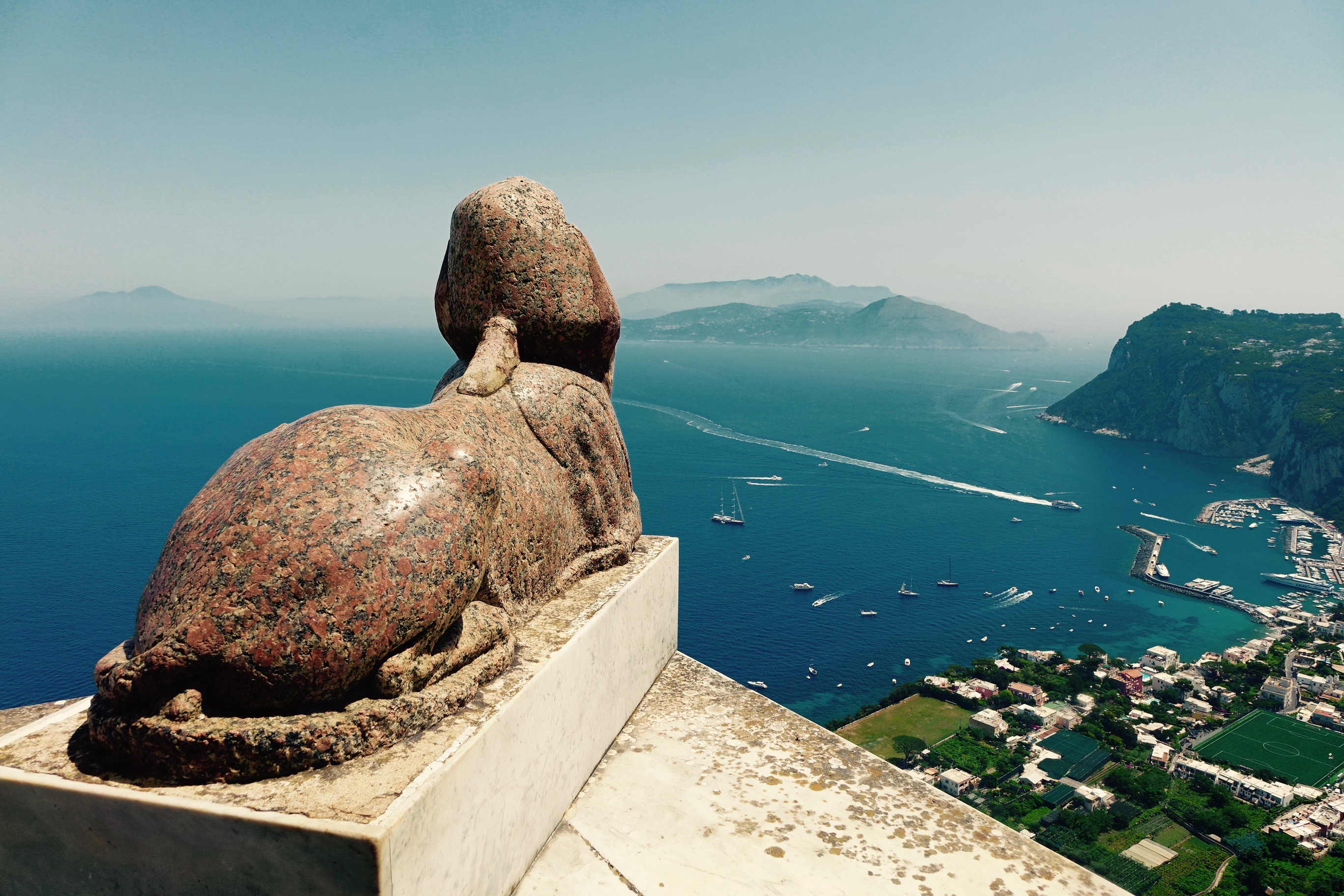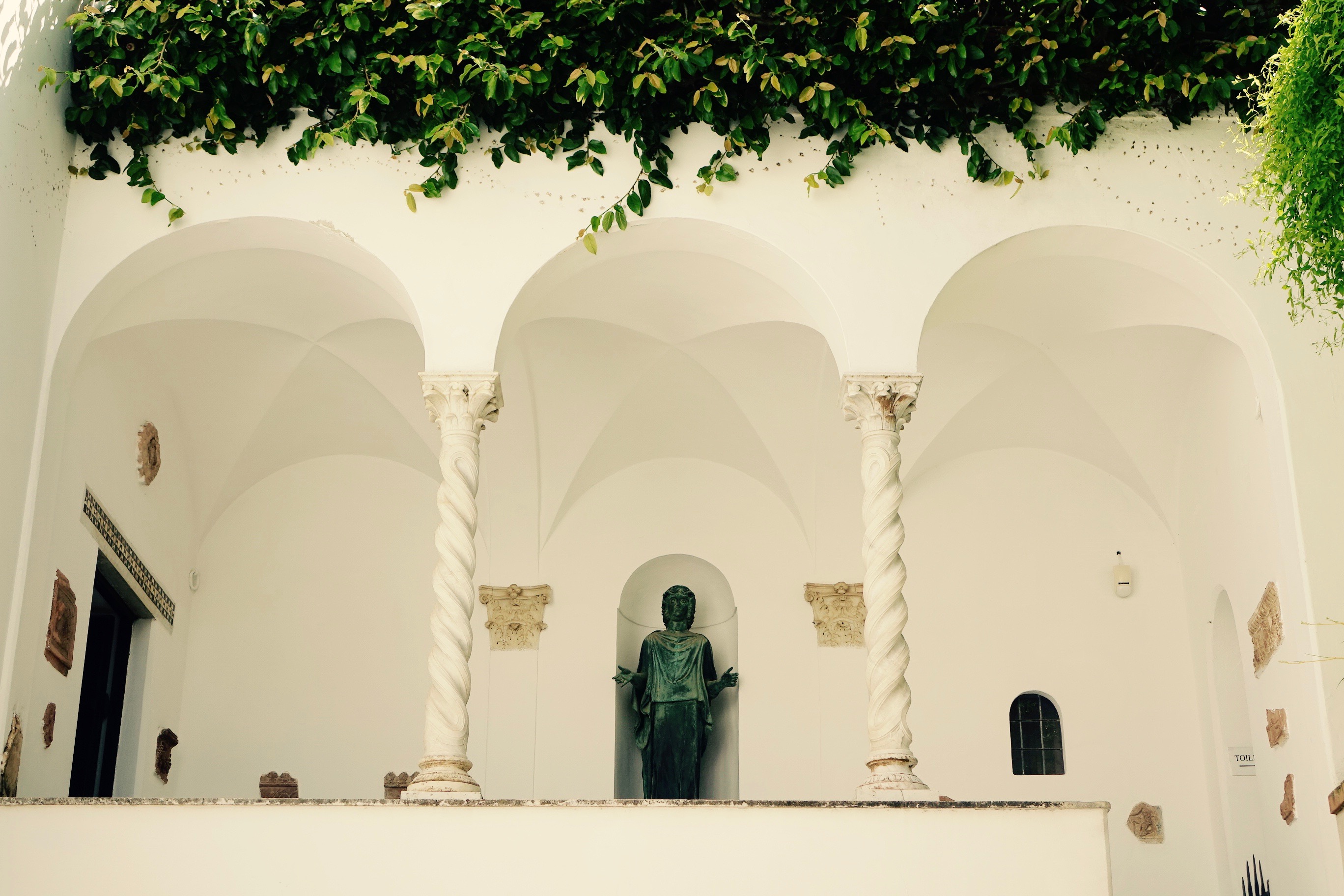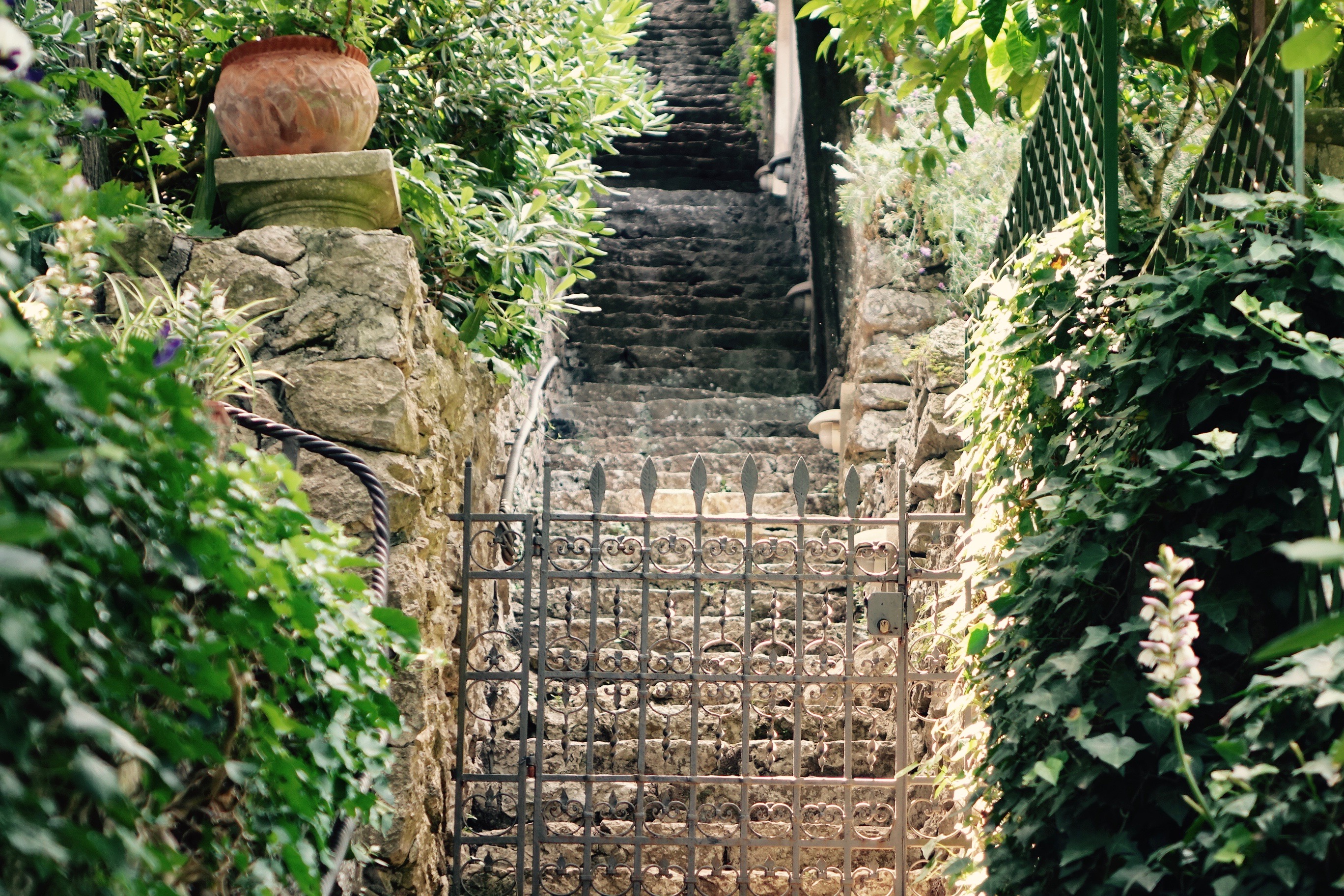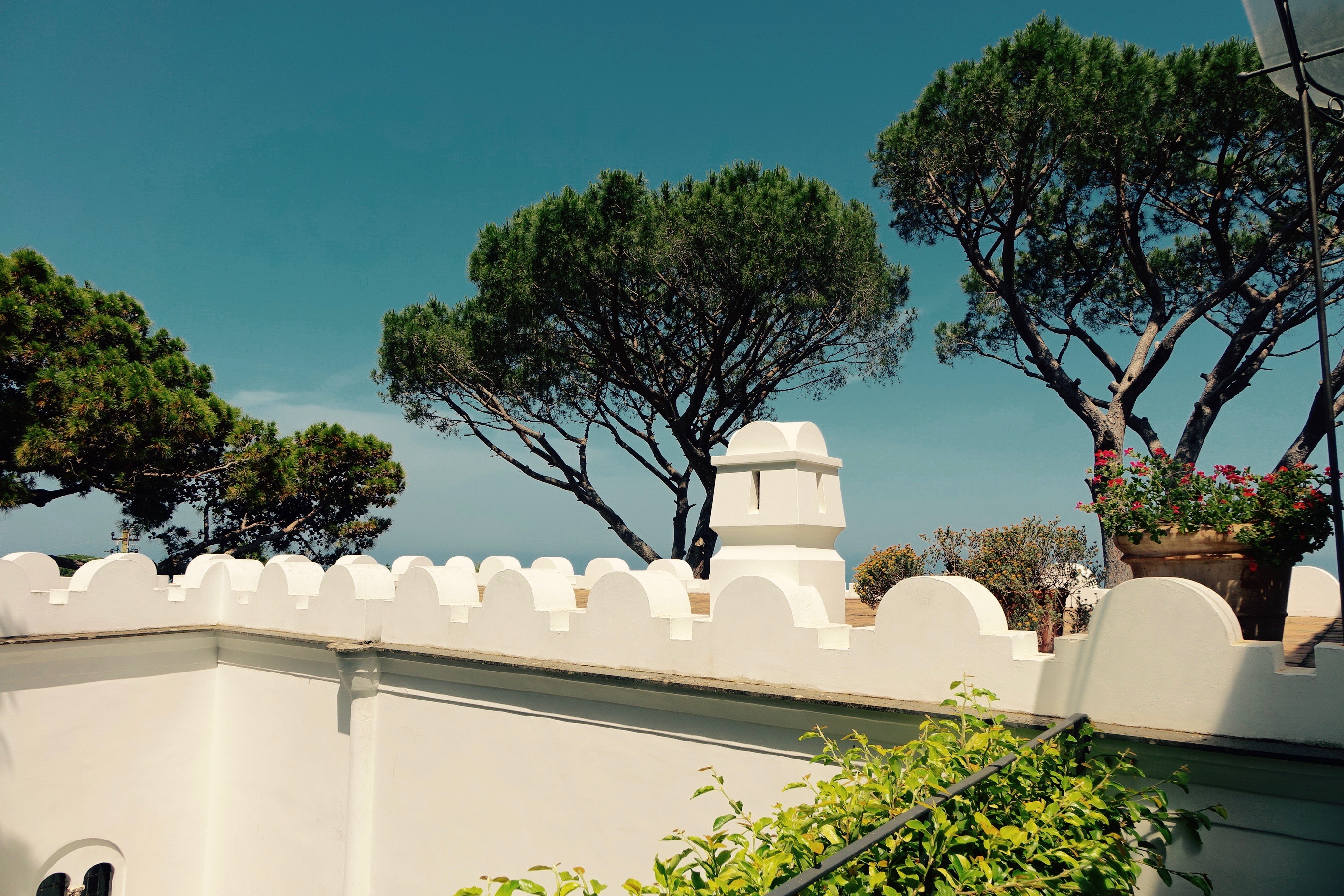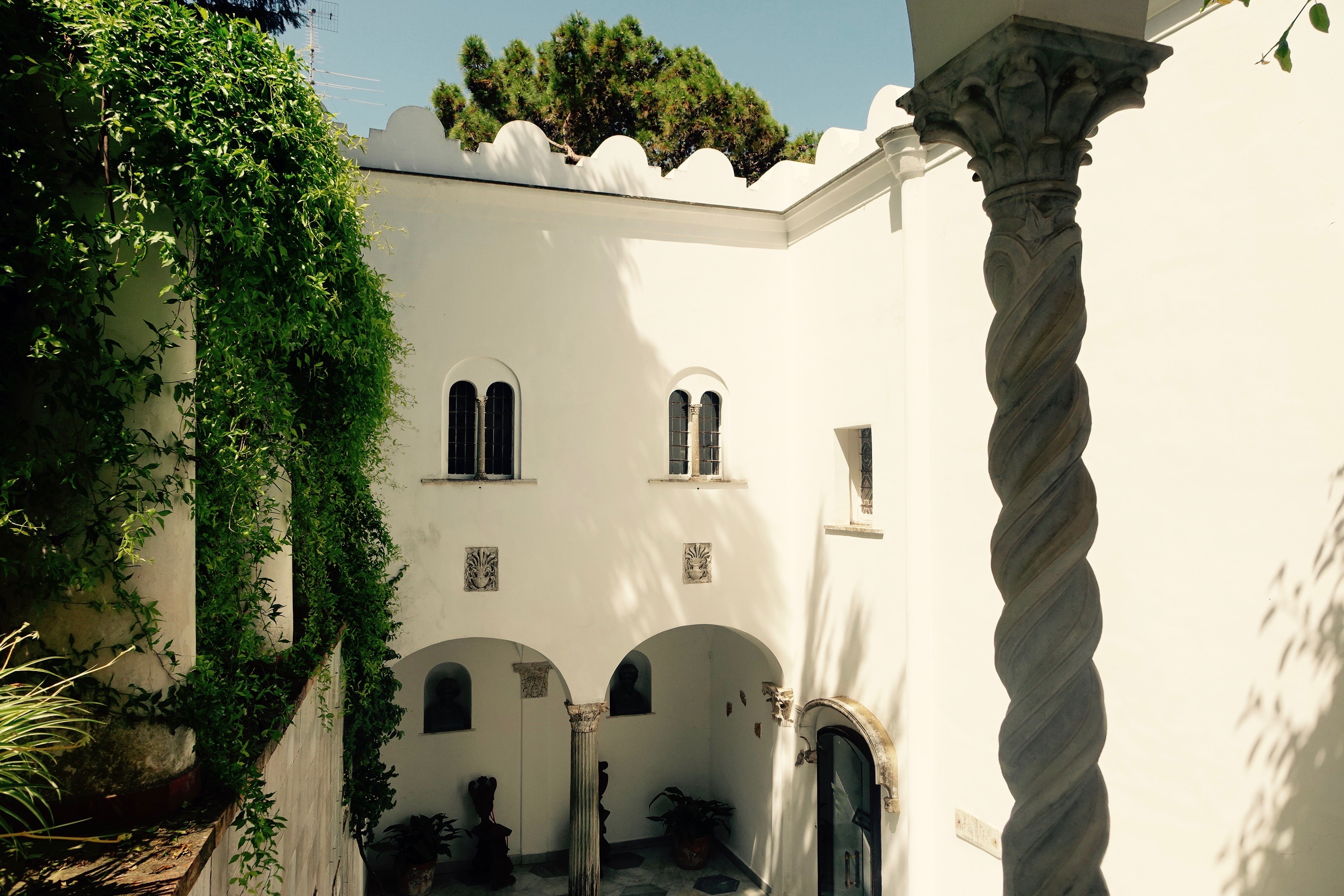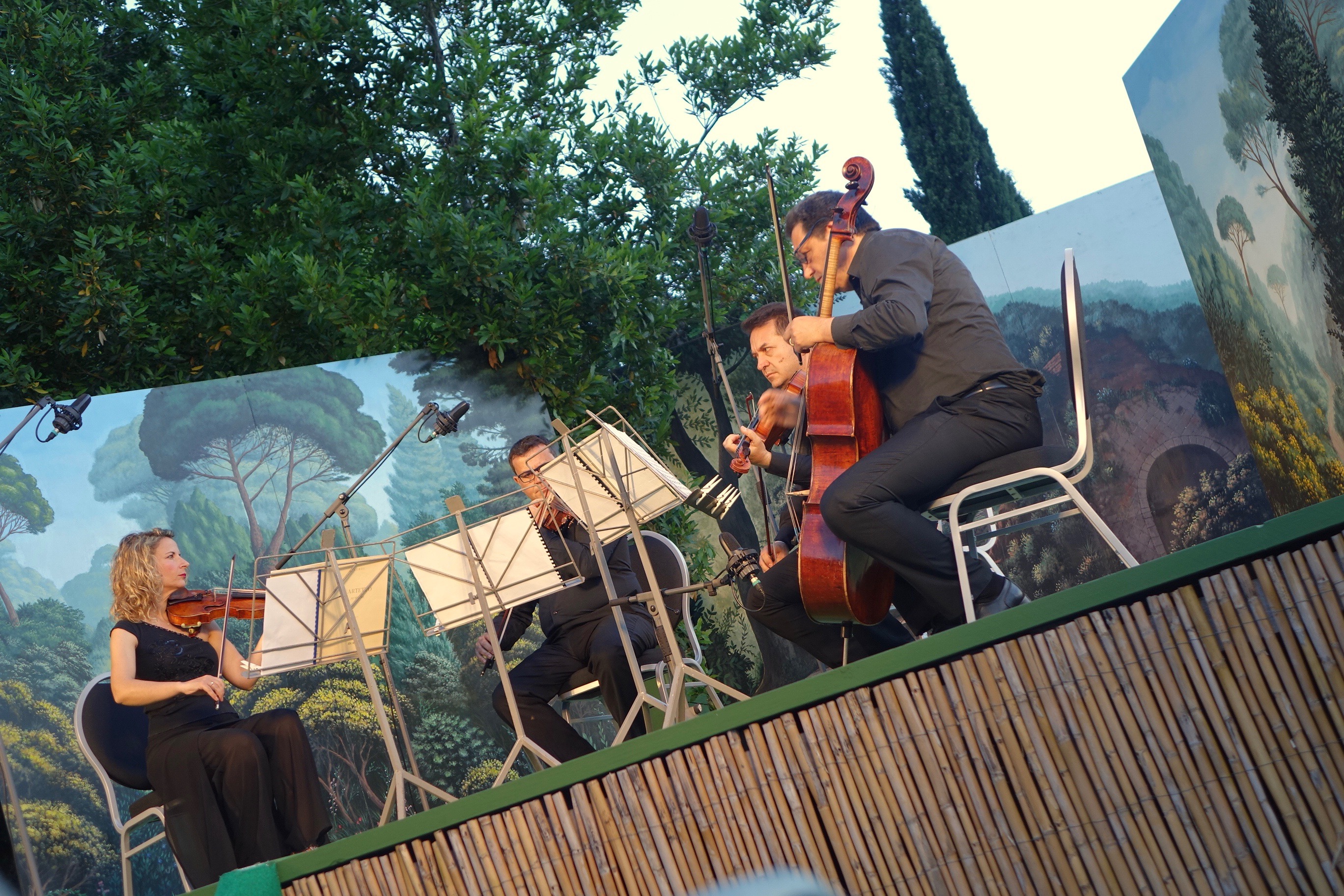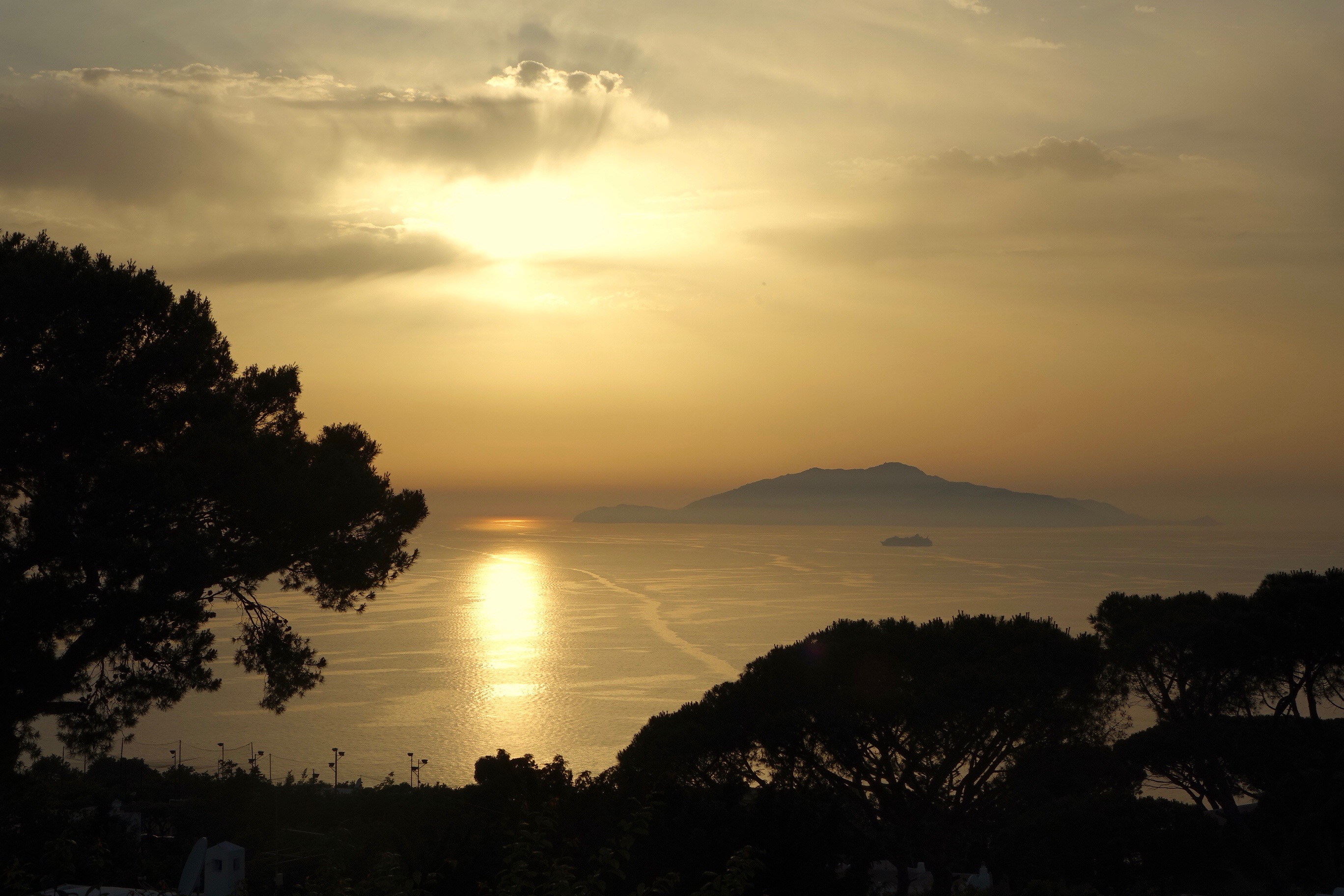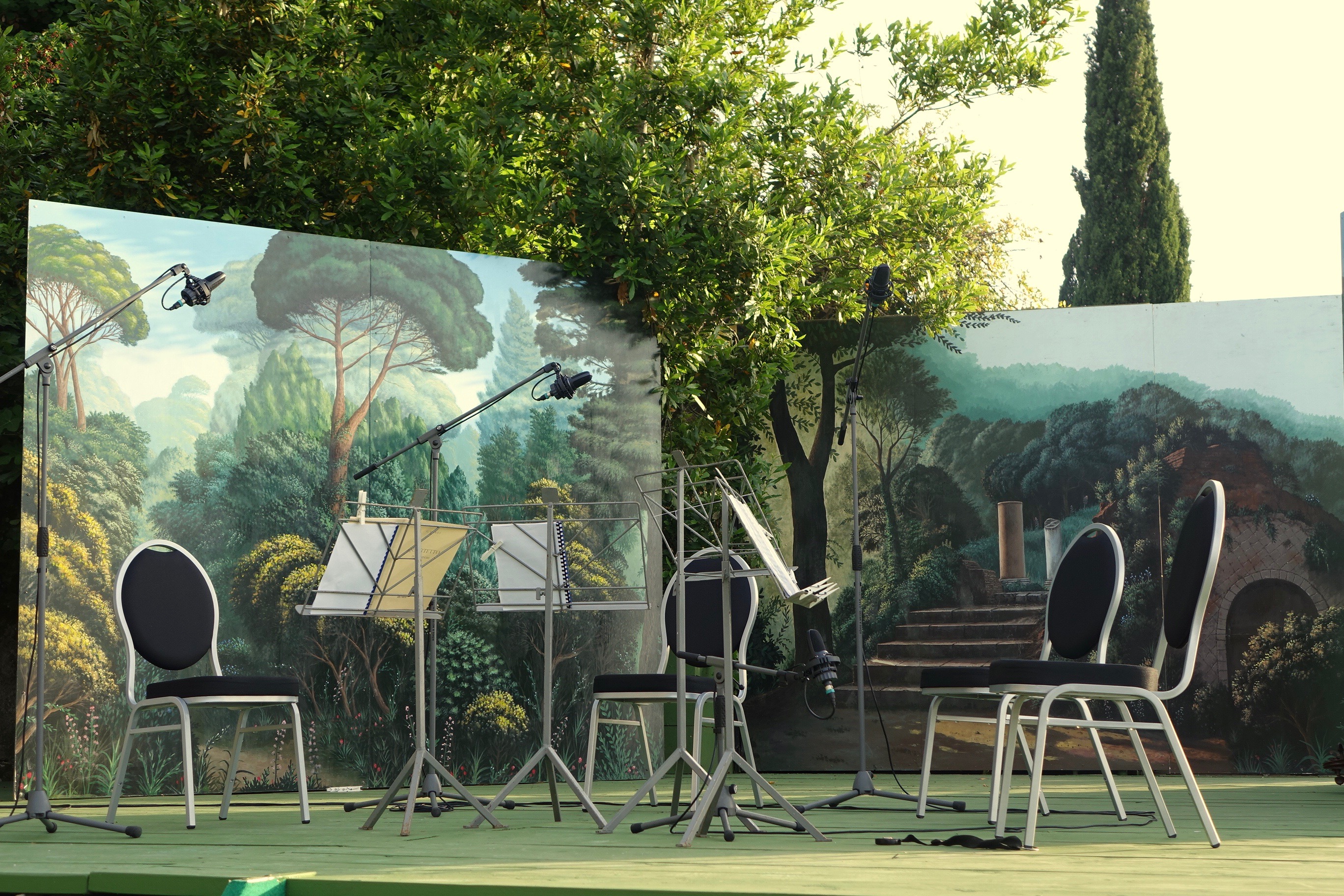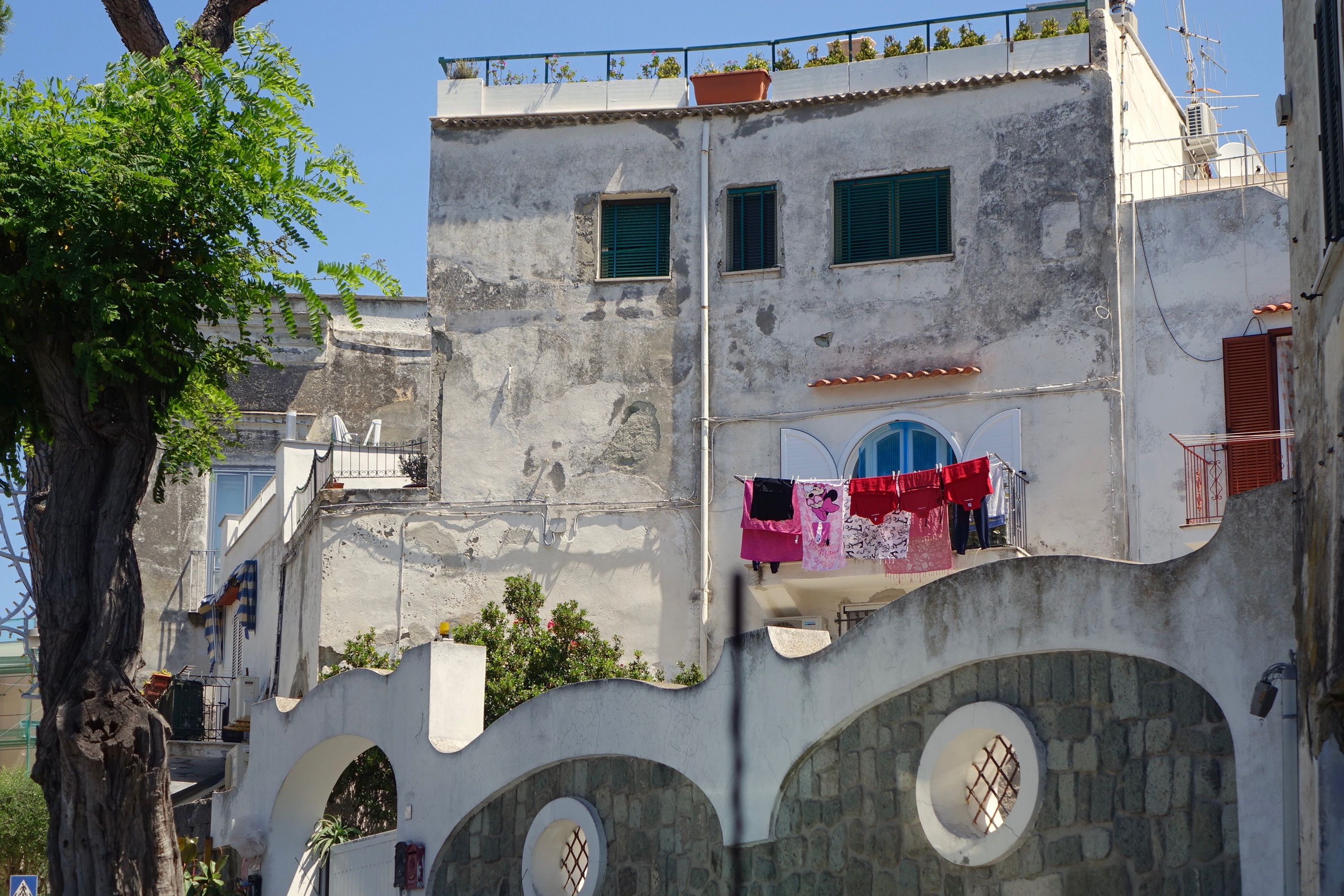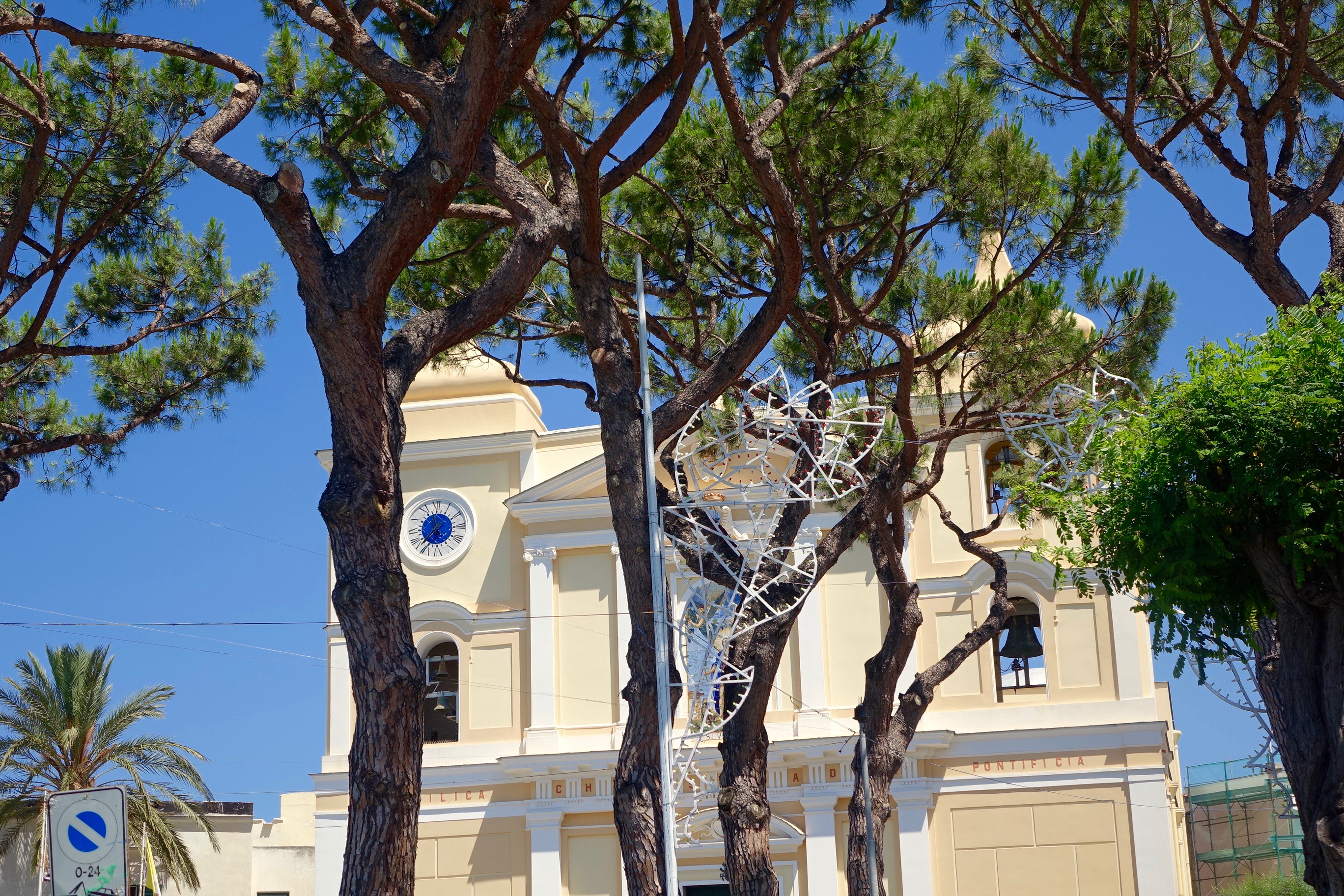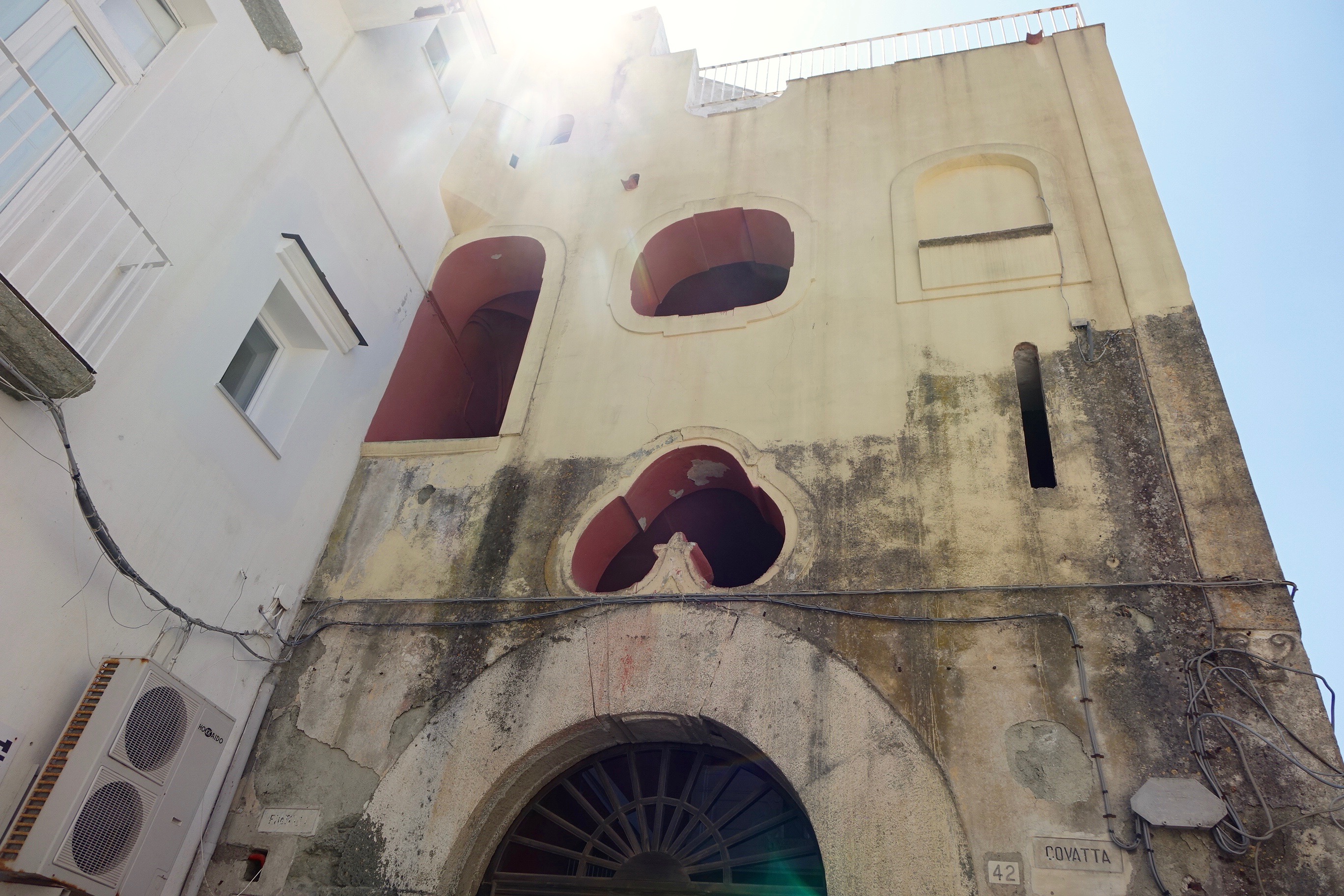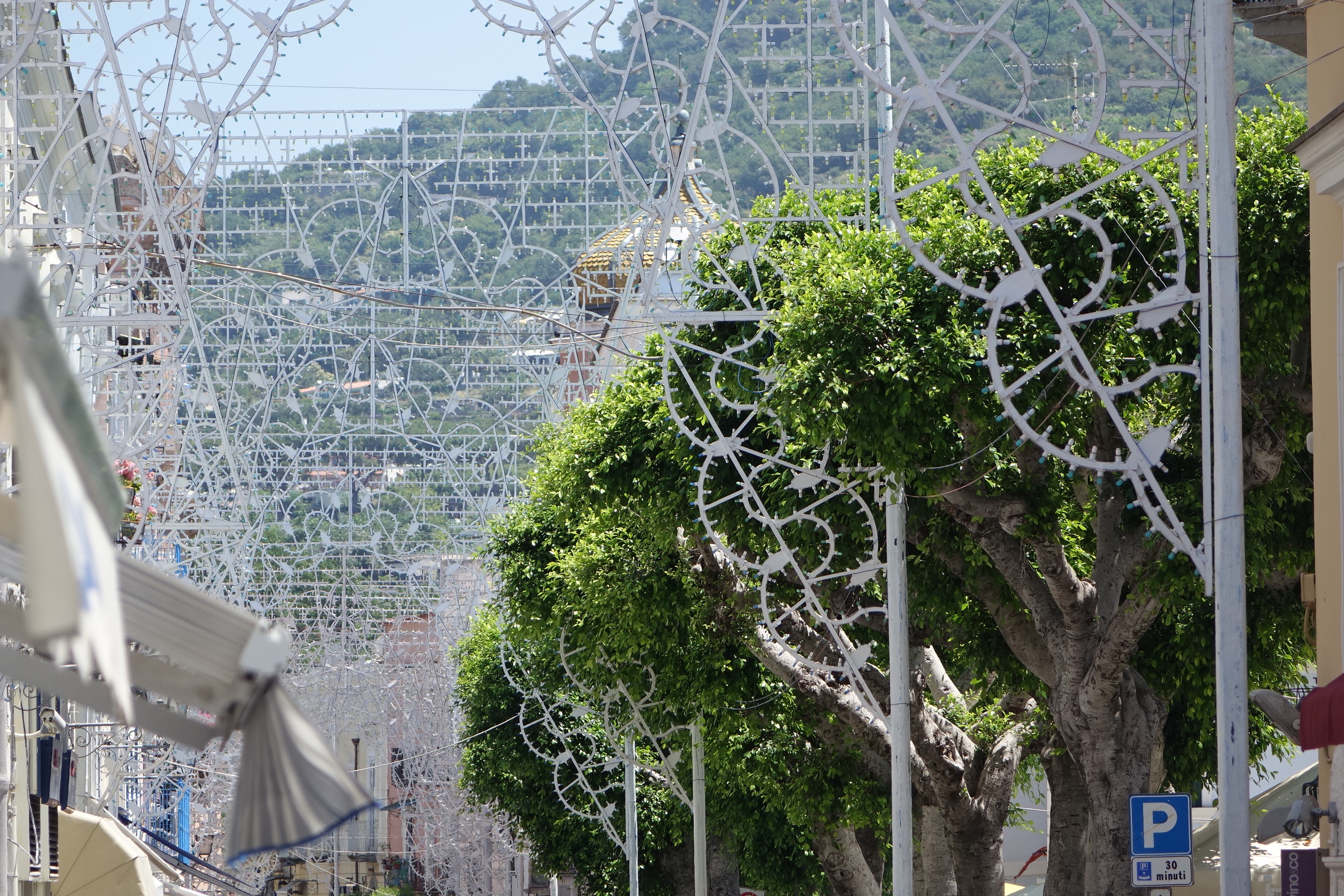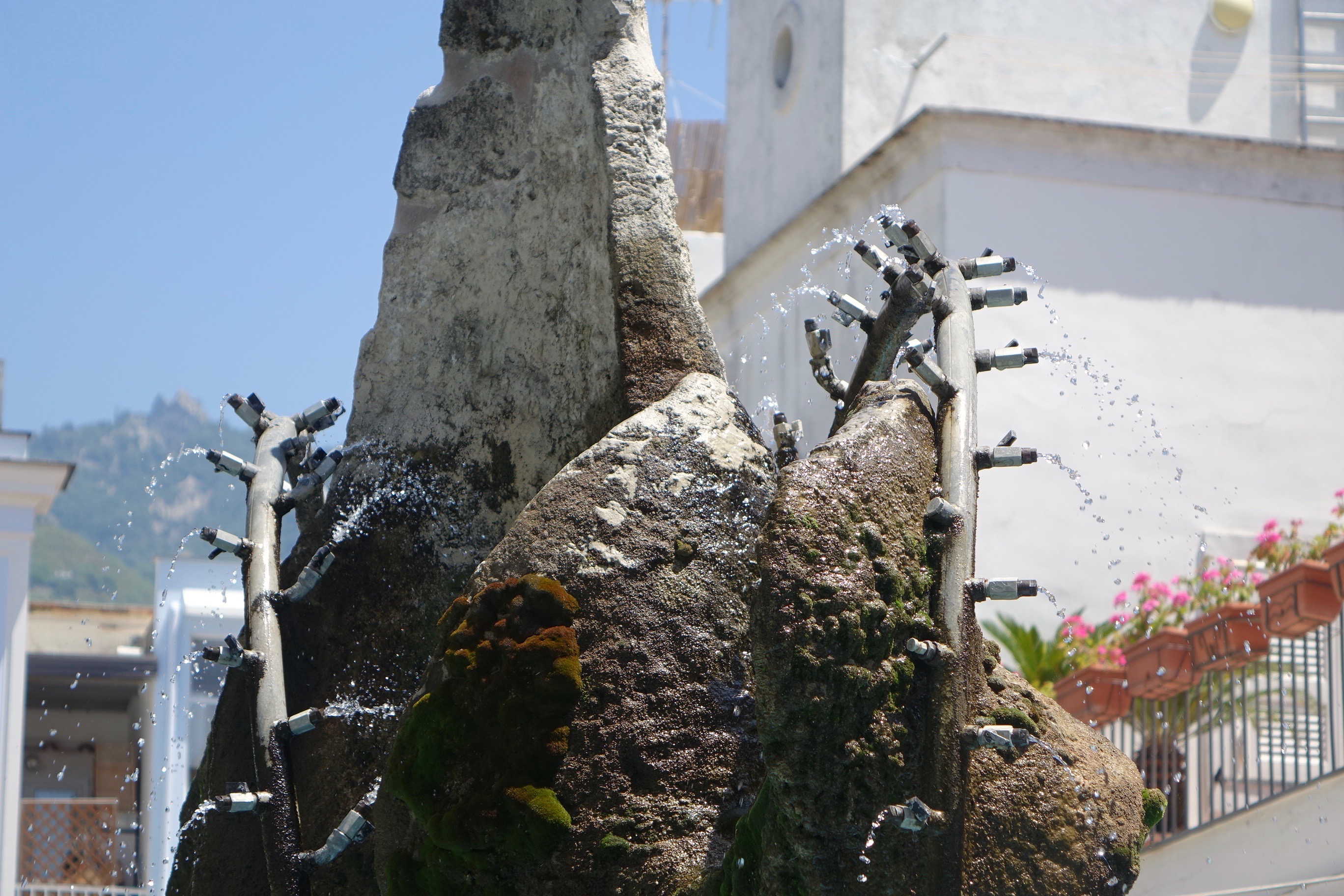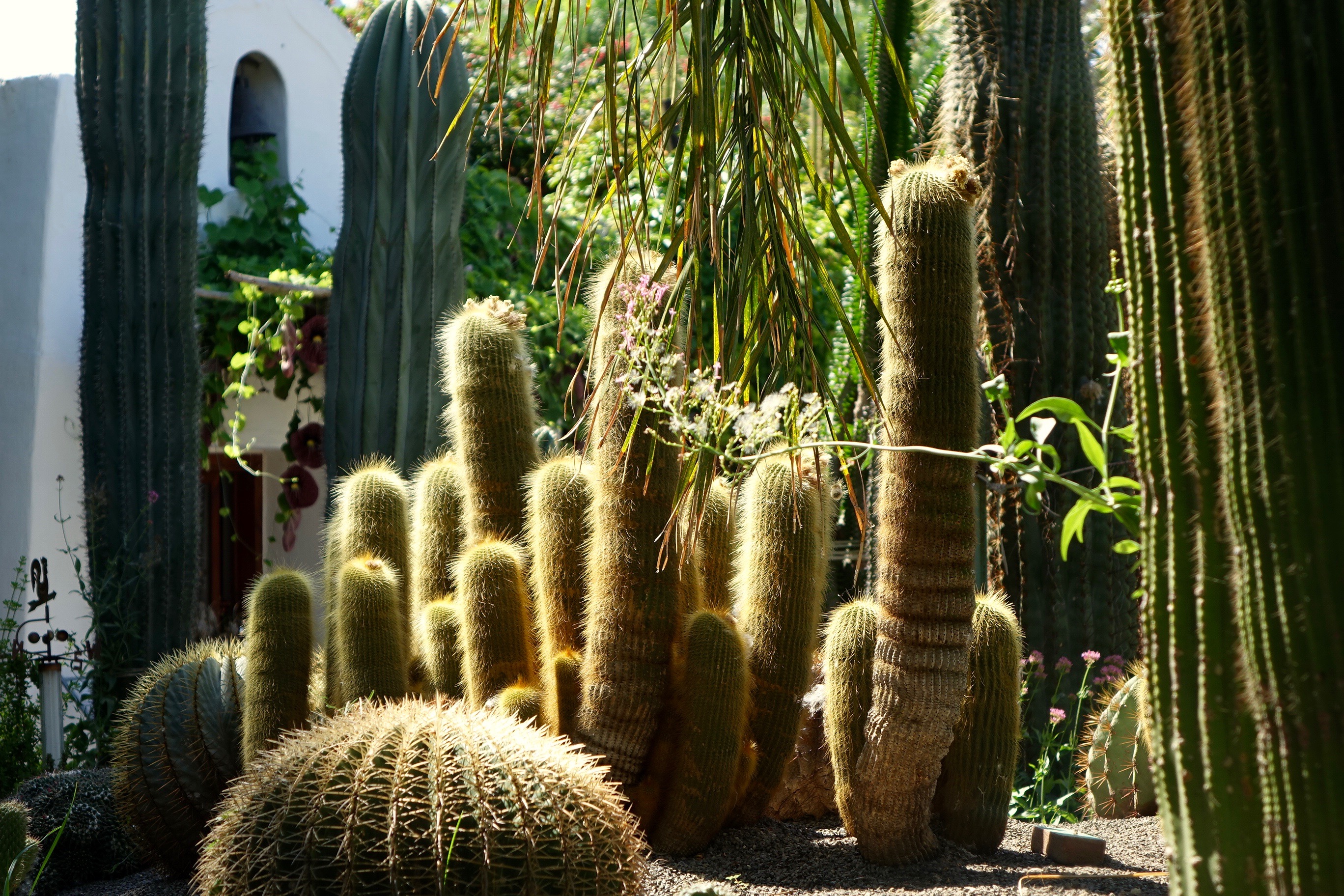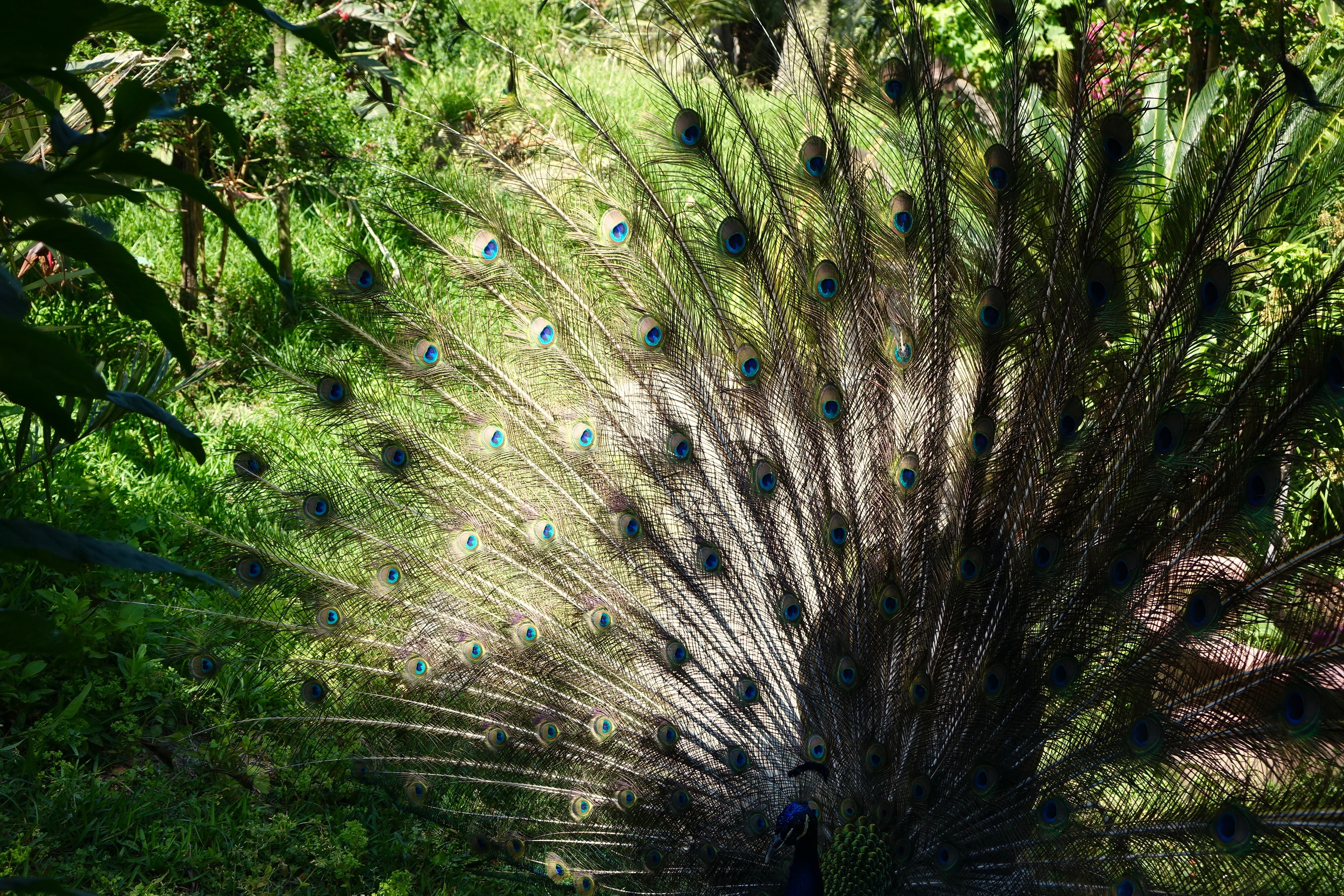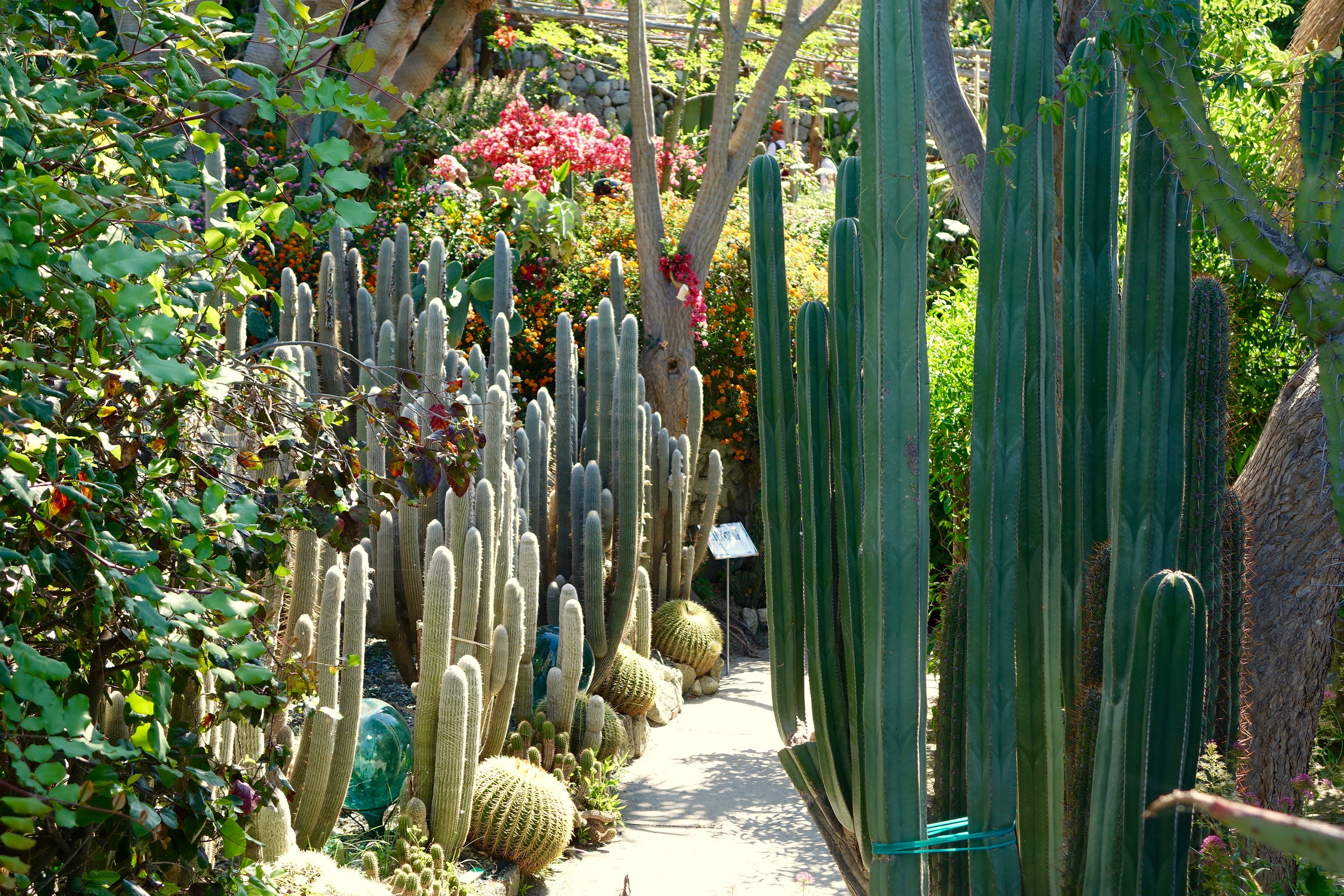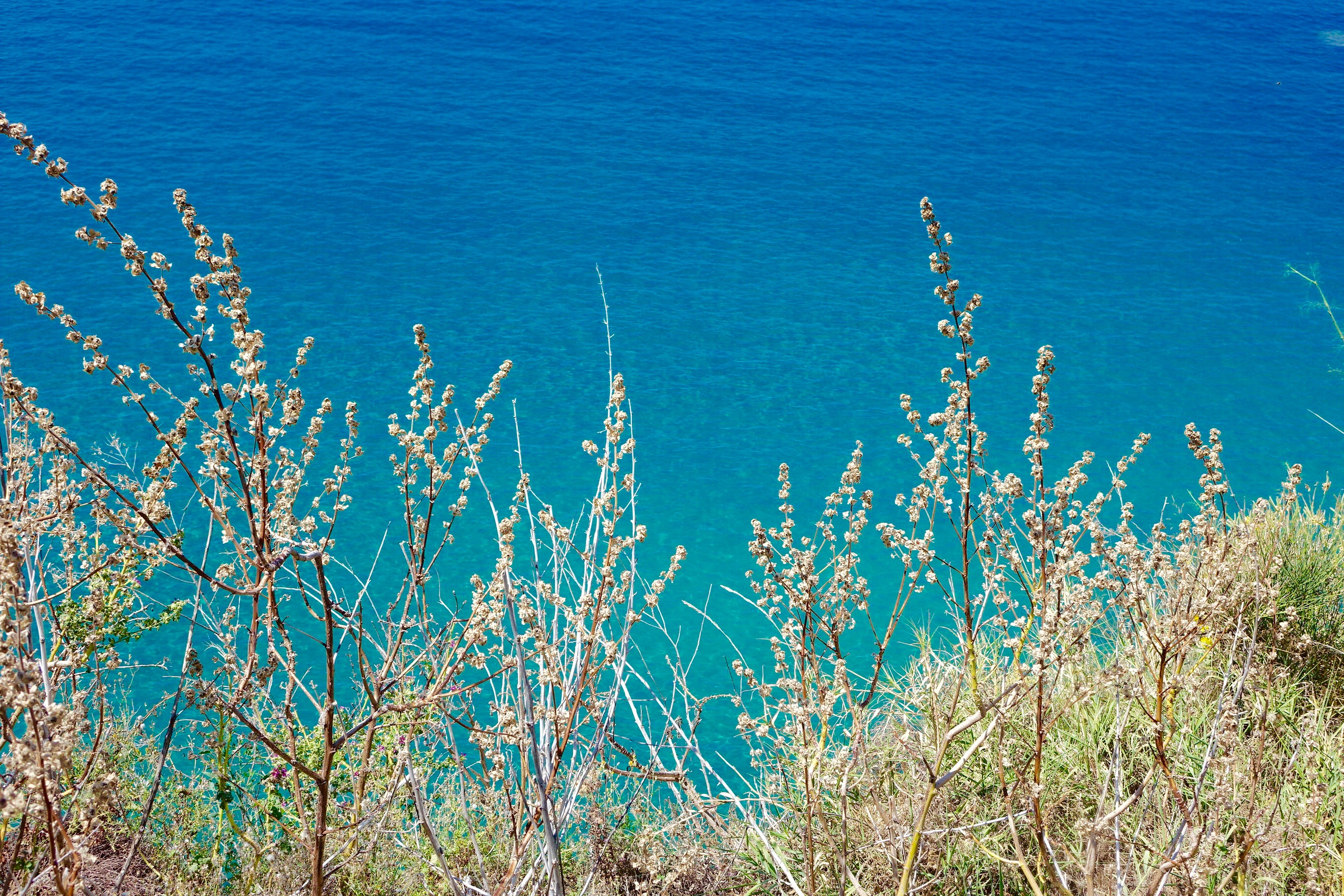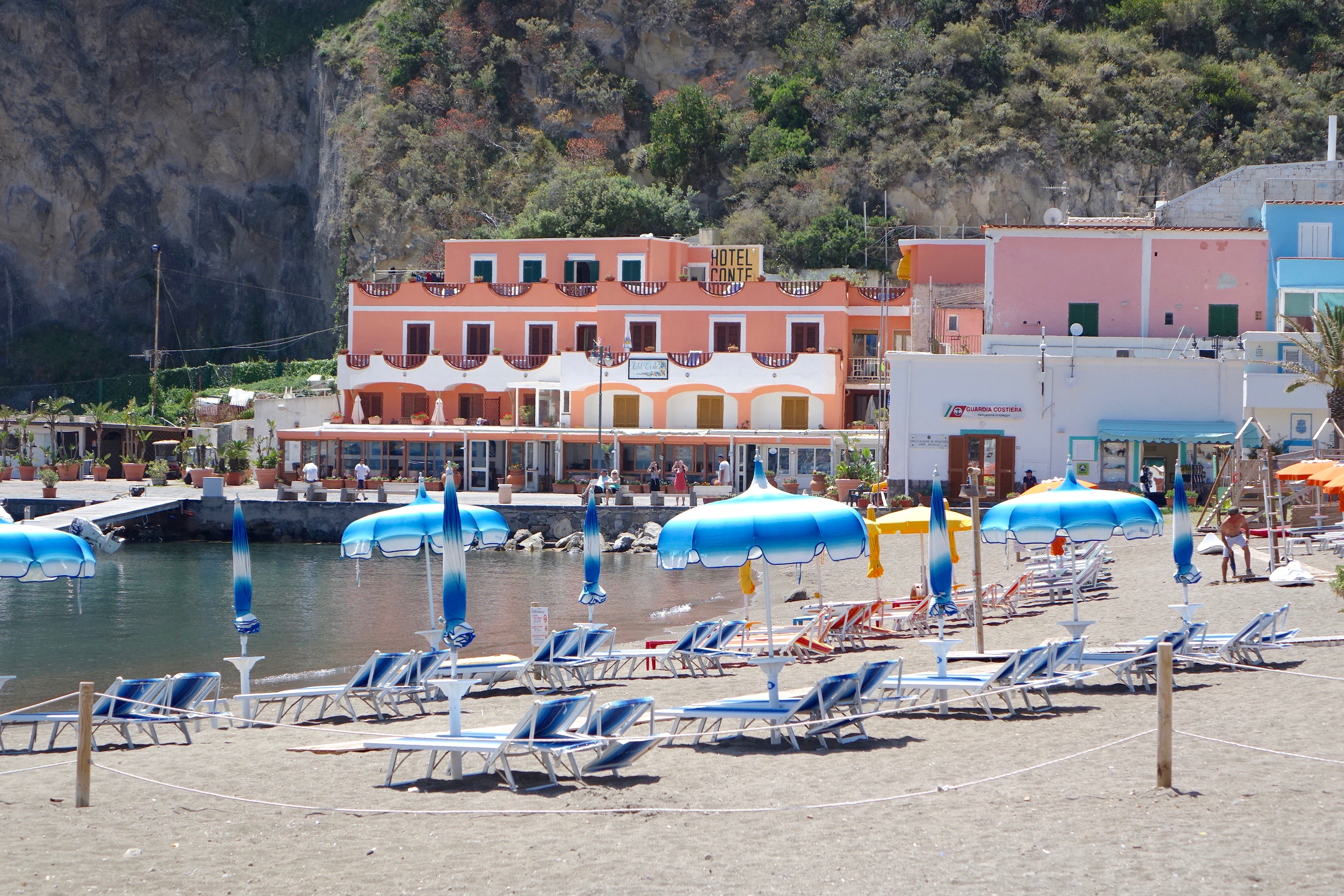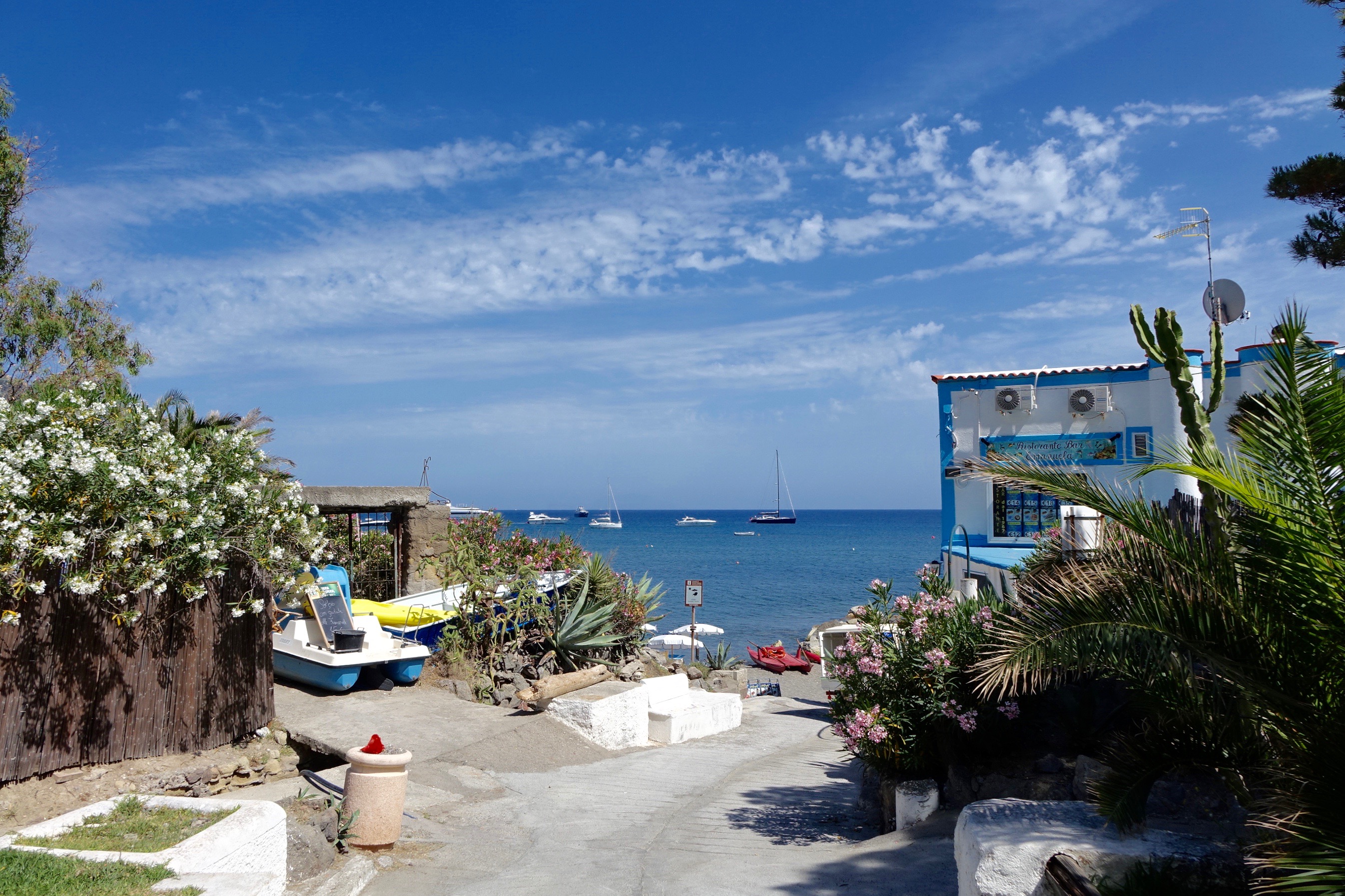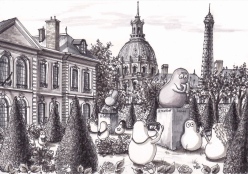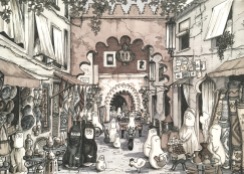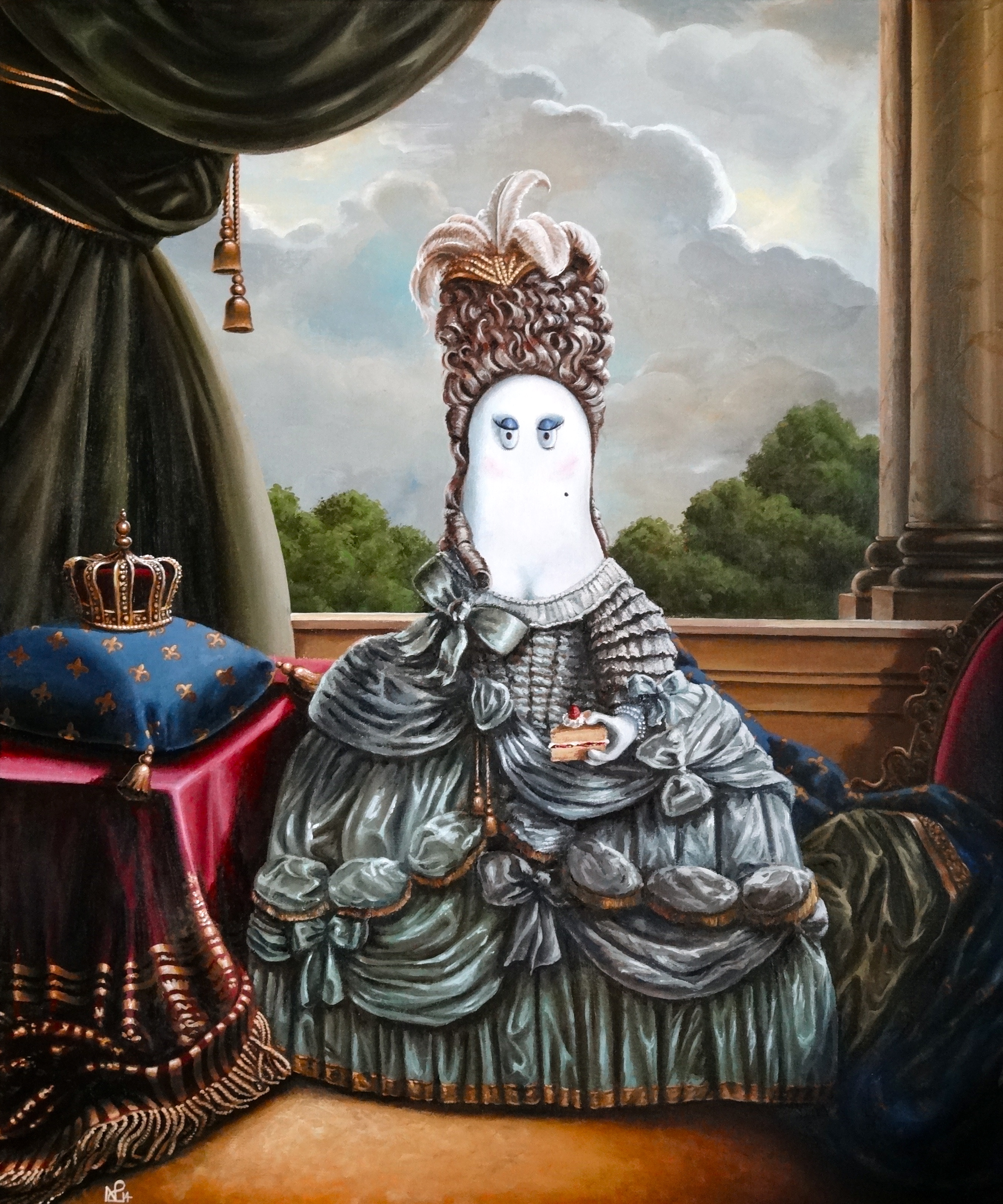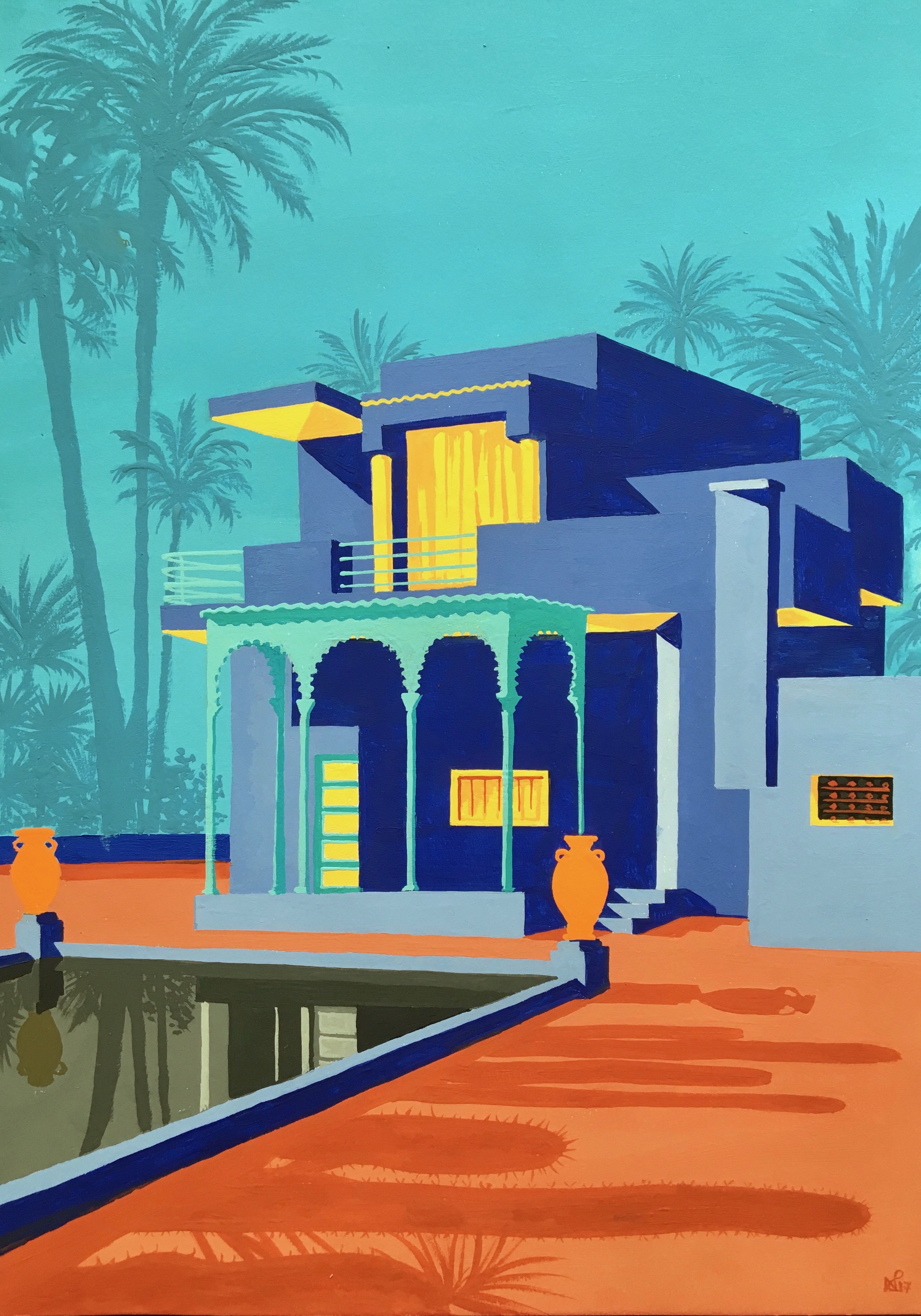From Napoli to Capri, Part 14: A photo folio to end it all
There are many very good reasons why Capri has long been known one of Europe’s most elegant holiday destinations. Right from the time of the Emperors, when Augustus chose Capri as his favoured holiday isle, and Tiberius moved his entire court there for the final years of his tyrannical rein, through to the heady golden age of Hollywood, when the streets of Capri were peppered with flash bulbs and paparazzi encircling the magnetic draw of superstars such as Brigitte Bardot and Sophia Loren…Capri has long been known as the land of the rich, the famous and the altogether chic. While today’s island feels far less exclusive in the true sense of the word – after all, thousands of visitors pour onto the island every day – Capri retains its place at the pinnacle of the high-end. Dare to join them?
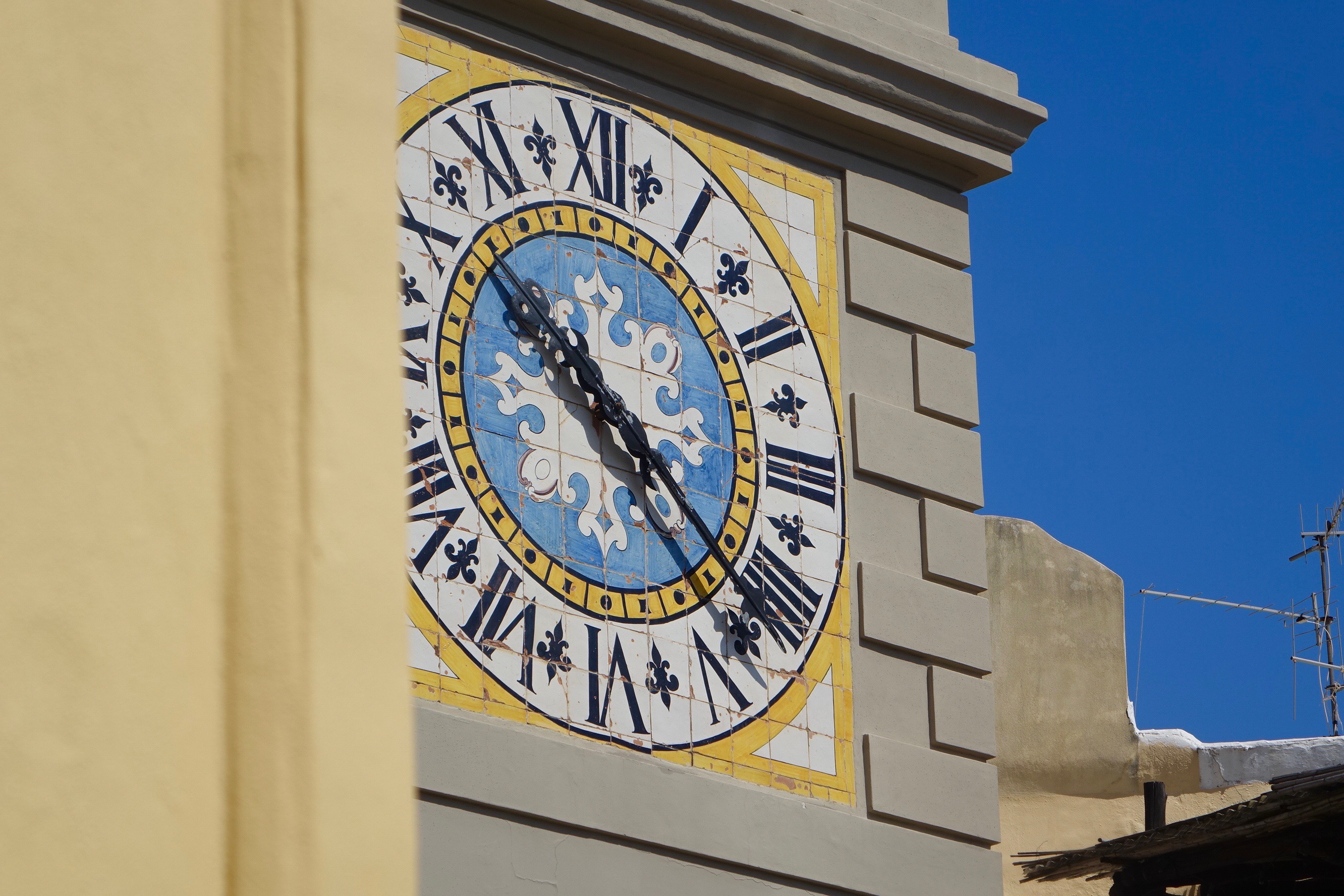

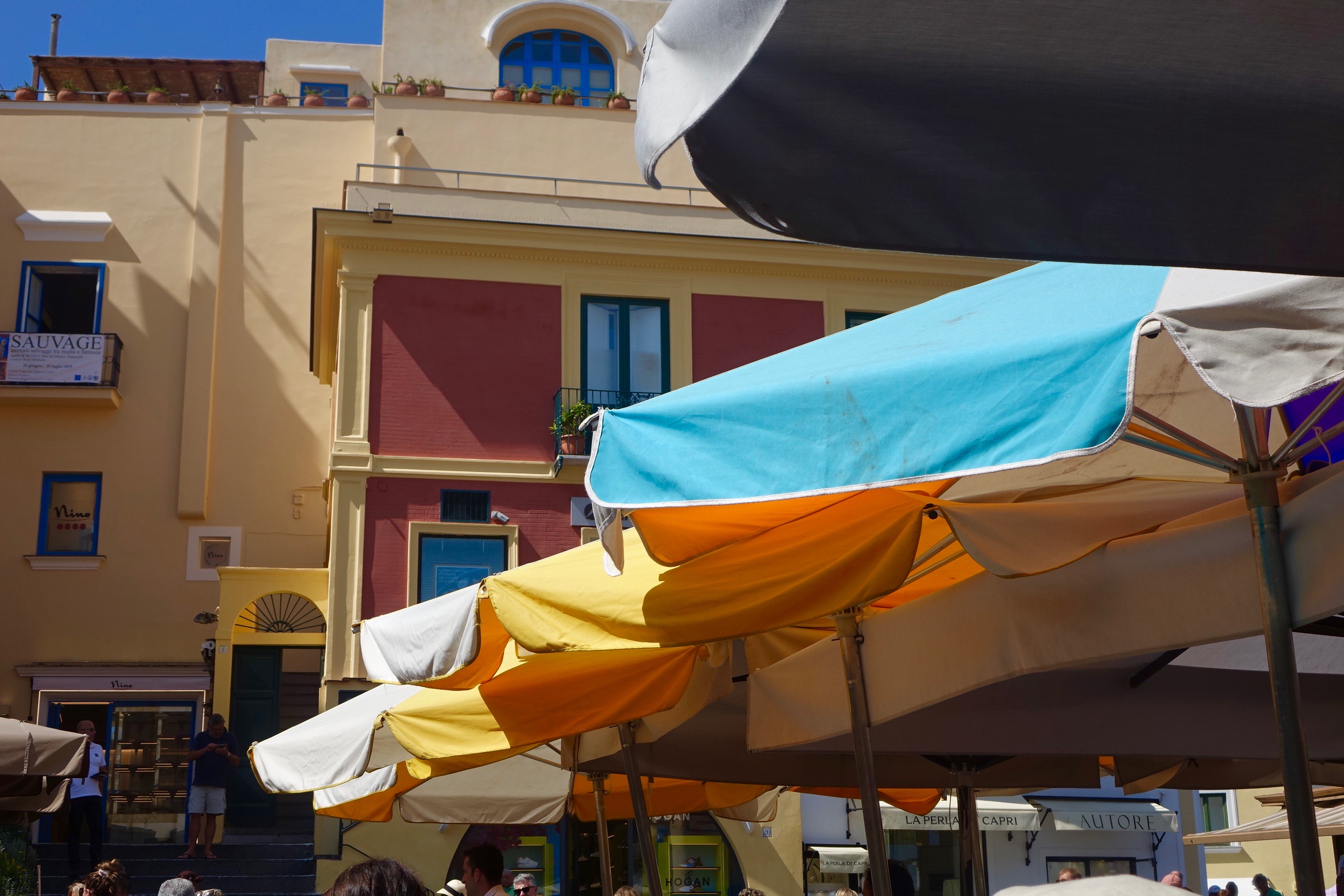




Around the bustling Piazzetta and down the famous Via Camerelle, there is so much posing and pouting that Dominik and I felt pressurised into changing our outfits at least 4 times as day (and even then we felt thoroughly self-conscious that passers-by might notice a Zara label rather than the obligatory D&G). And while countless visitors may pour in for the day, to stay on Capri is something of an investment. The prices are so high that one week could bankrupt even the better off. This is serious wallet-busting territory where only the mighty-rich can feel truly comfortable.
Yet beyond the pouting and the Botox, the eye-watering add-ons and the obligatory ego-mania, Capri is a place which exudes beauty. Its natural surroundings are simply stunning. There is no other way to describe them. Whether you turn to face the silhouette of Ischia to the north, the mighty Vesuvius to the East, or the Sorrento Peninsula to the south, Capri’s views are astonishing. But so too are the sights as you turn inwards, as beautiful white washed streets cling onto sloping streets, their shops polished and preened to perfection, everything boutique, floral, and highly manicured. And even those self-obsessed posers, with their haute-couture, and perfectly coiffed hair… well they are just beautiful, and a perfect addition to the scenery.





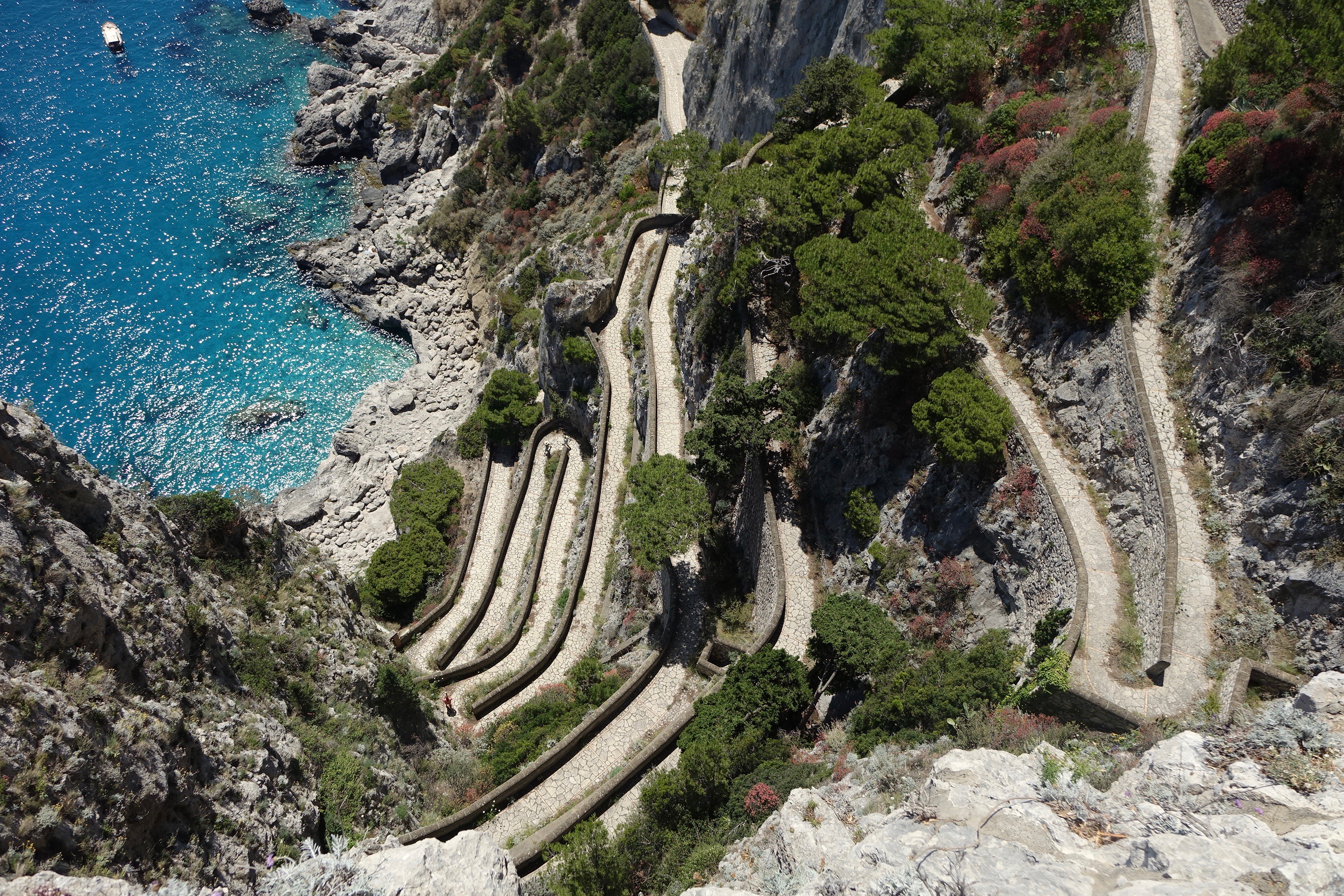

So all in all, in a post unapologetically embracing the beauty of Capri, I finish my recollections of our Naples trip with an explosion of the colour, the light, the lines and the landscapes of Capri. From the passionate, gritty streets of Naples, through to the tranquil haven of Ischia and finally onto the millionaire’s playground of Capri, it was quite a trip, one which exposed us to such a rich depth of incredible sights that I left aching from the assault upon my eyes. These places are at once historically magnificent, enshrouded in a kind of mystical enigma from the time of Odysseus, as well as utterly relevant in an age of consumption, self-obsession, and above all things, beauty. We’ve been before, and we returned in glory. It won’t be the last time.
© Nicholas de Lacy-Brown and The Daily Norm, 2019. Unauthorised use and/or duplication of the material, whether written work, photography or artwork, included within The Daily Norm without express and written permission from The Daily Norm’s author and/or owner is strictly prohibited.

